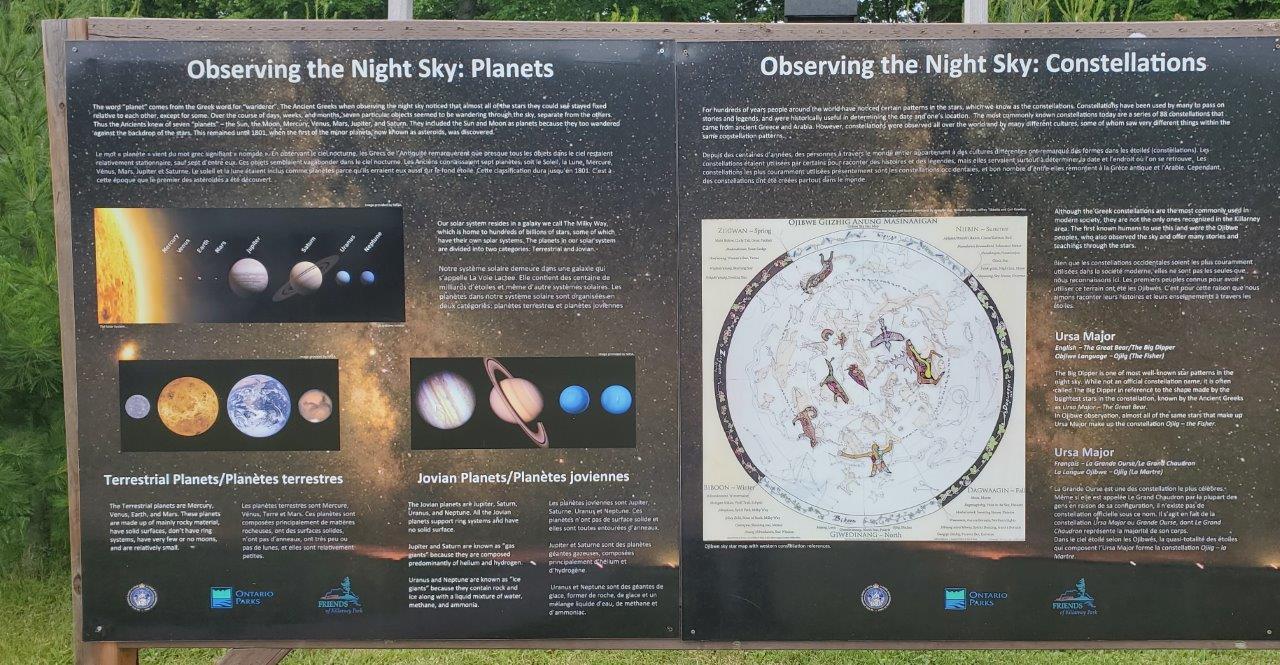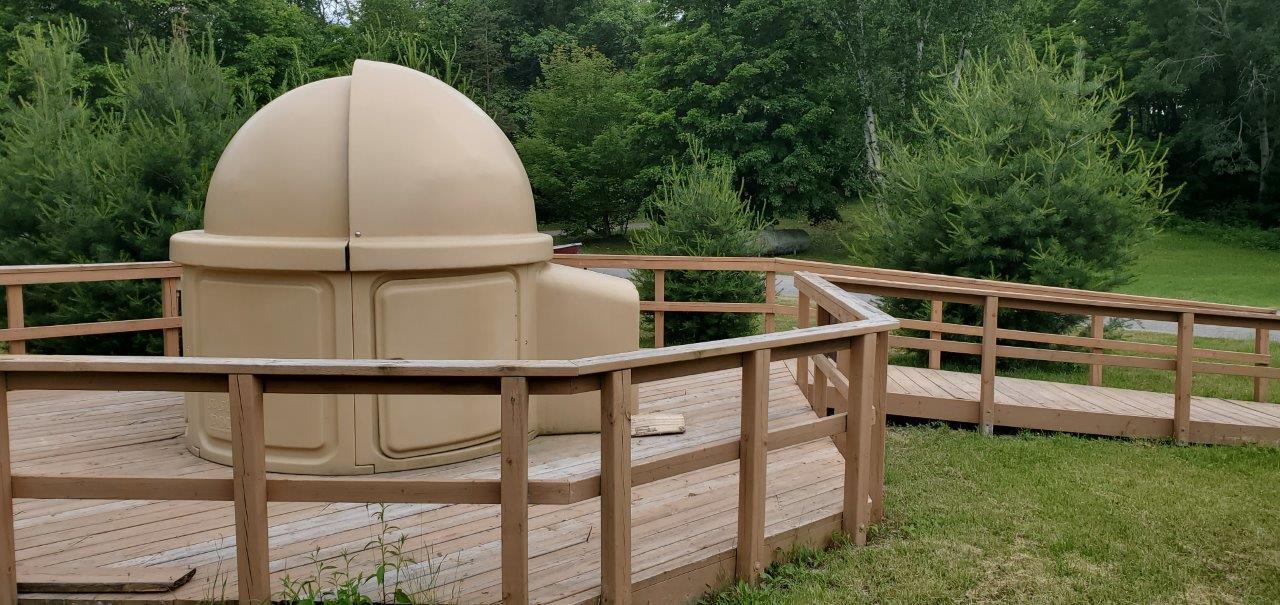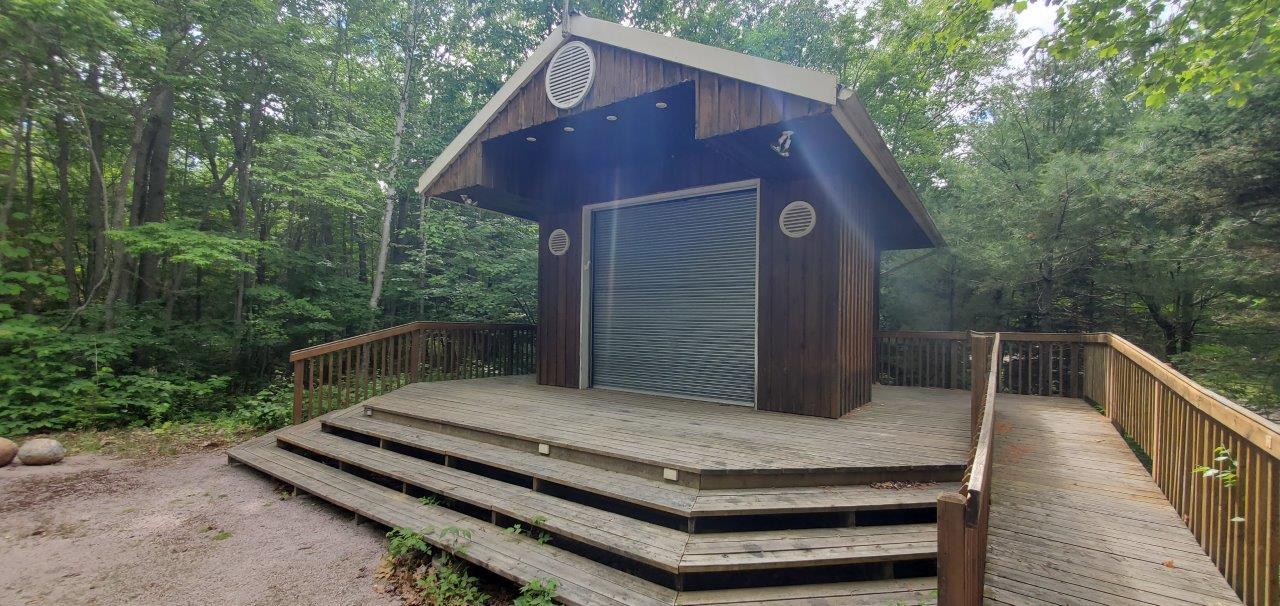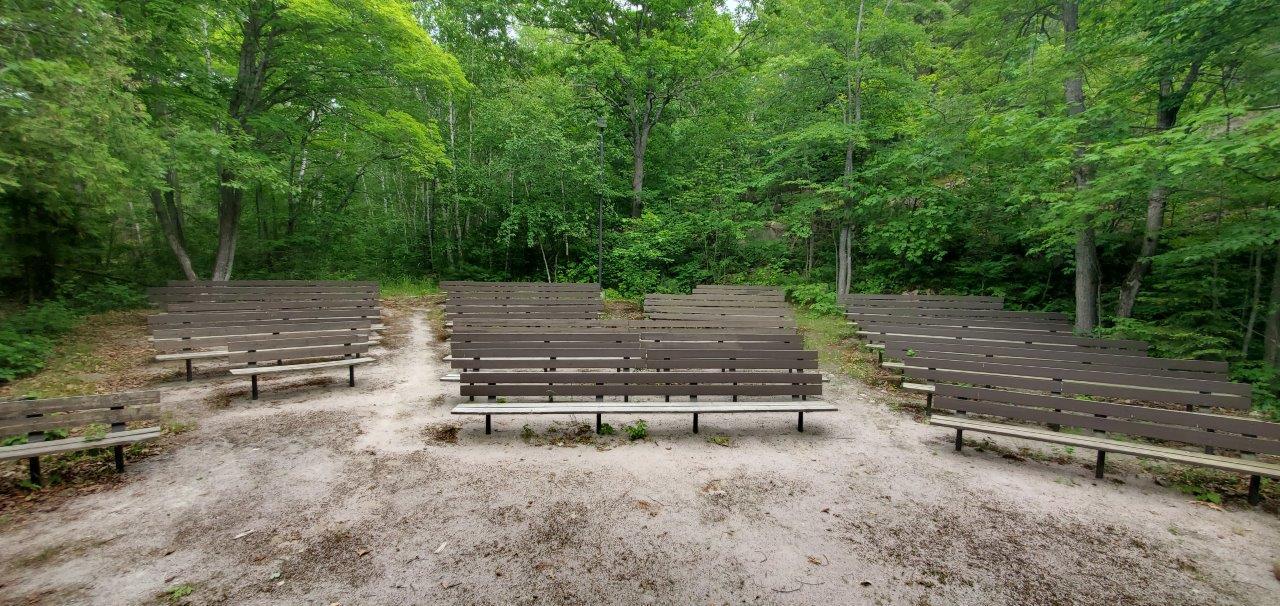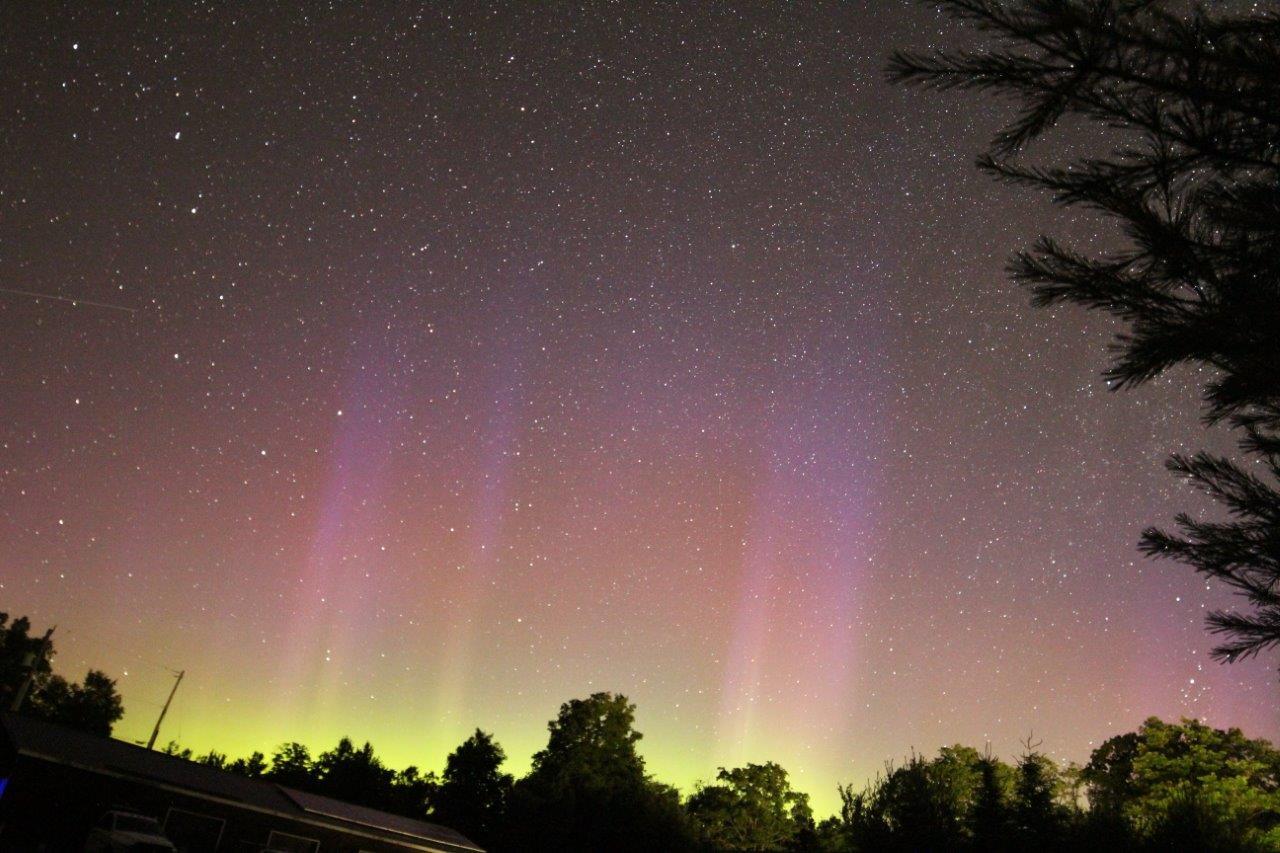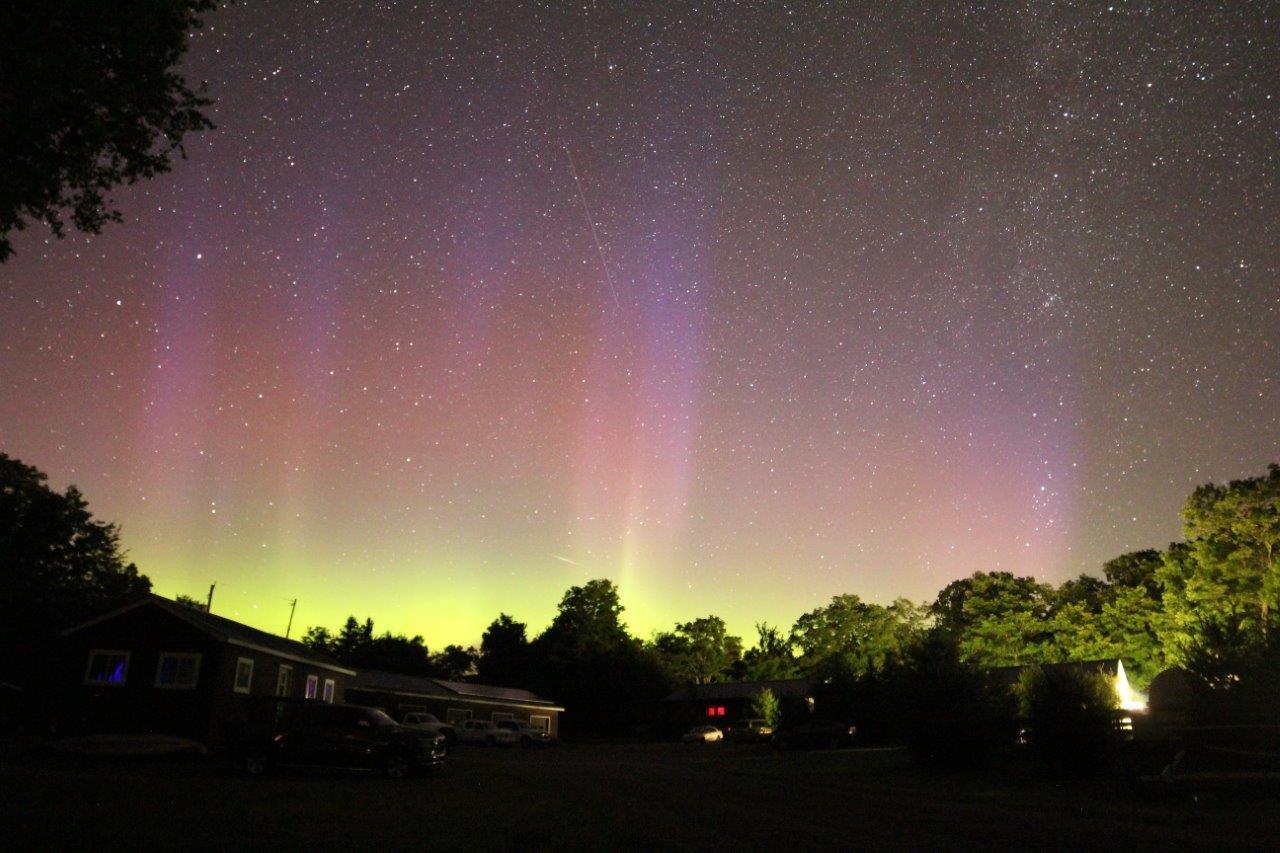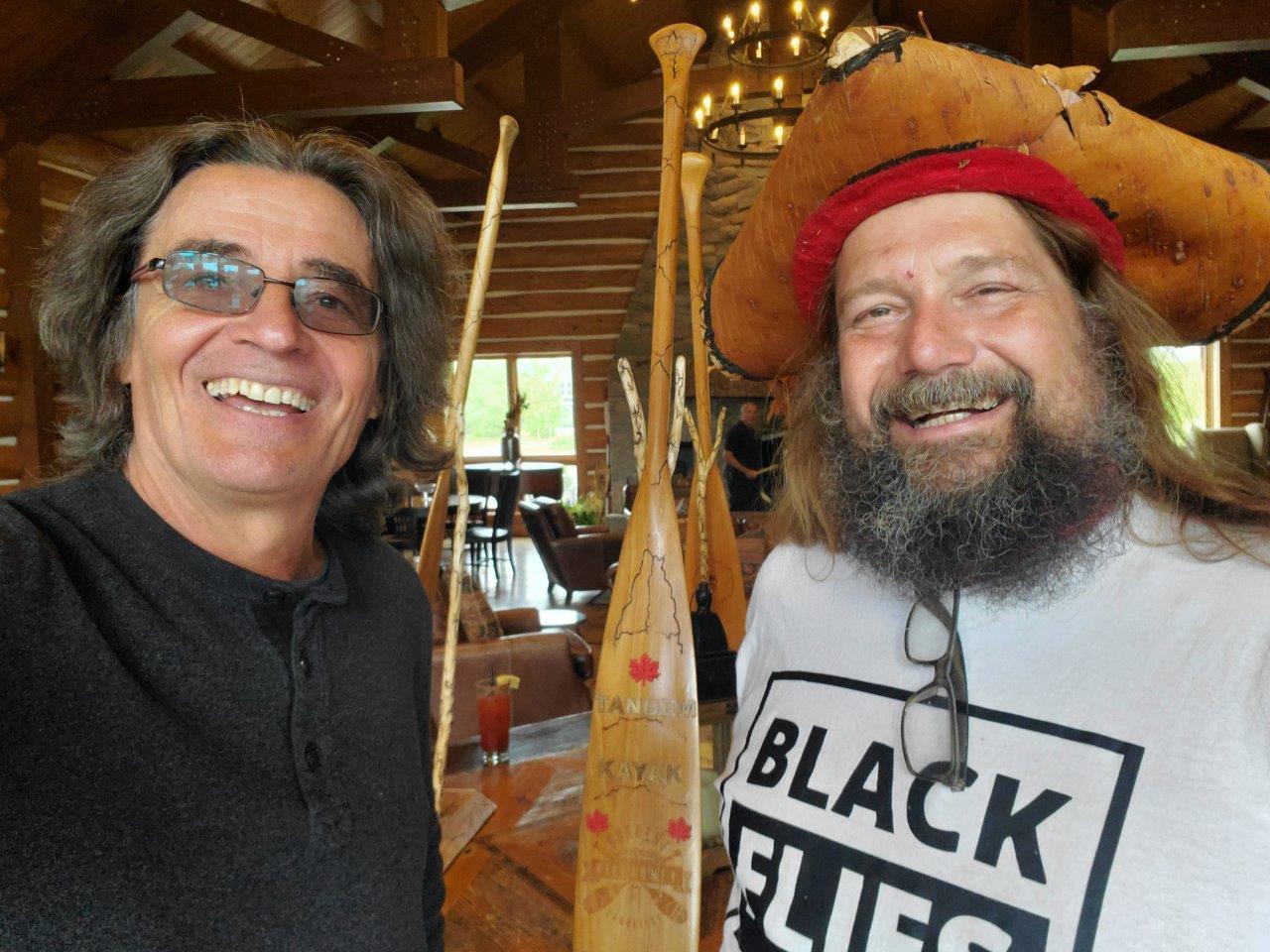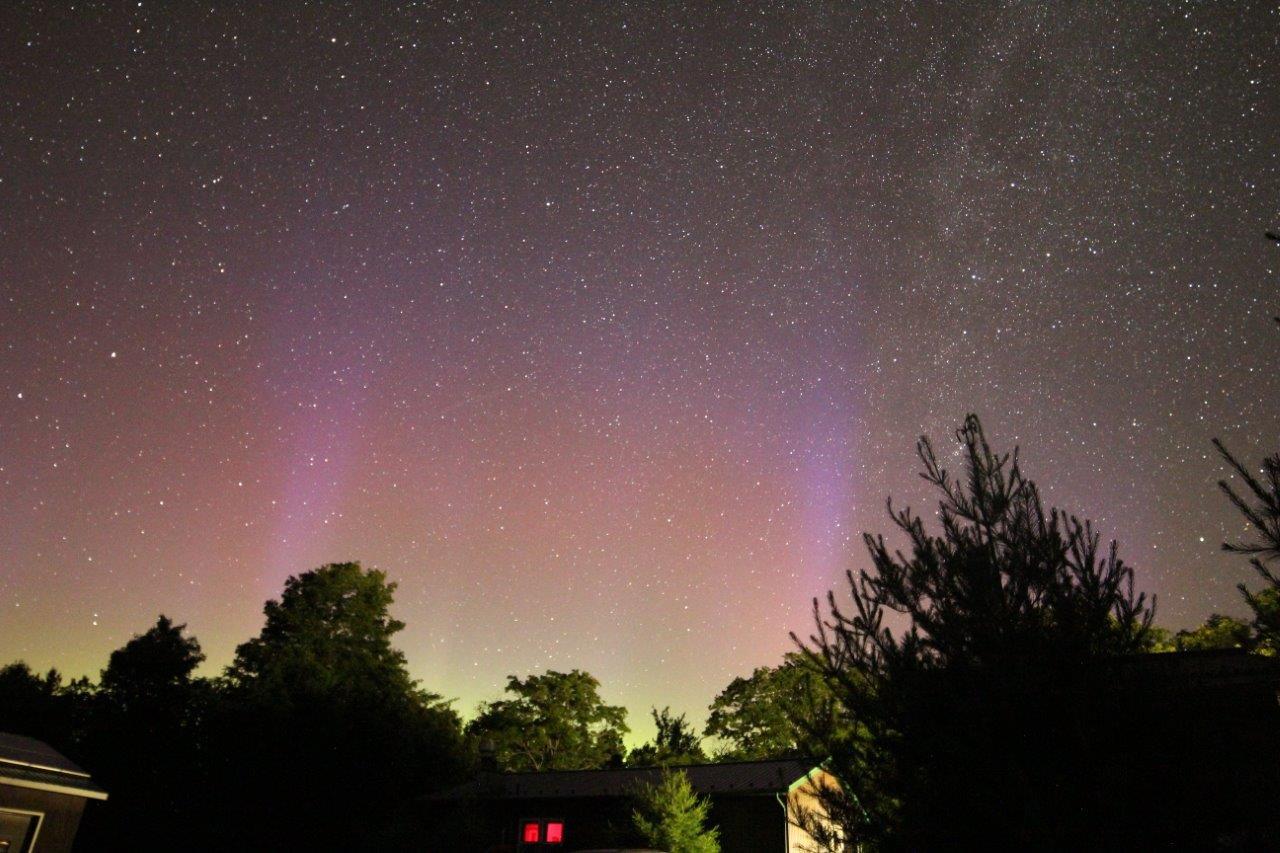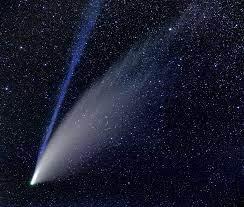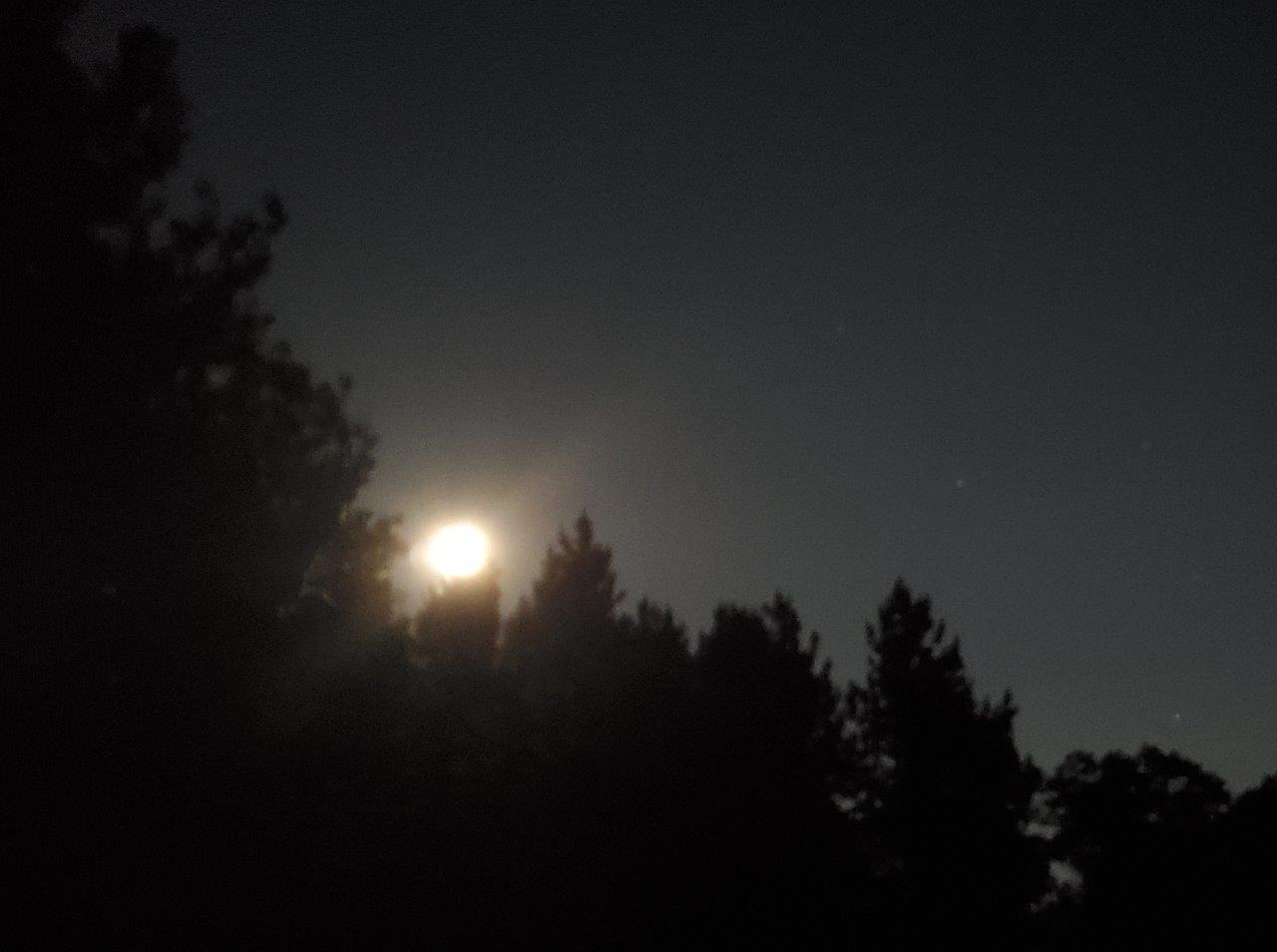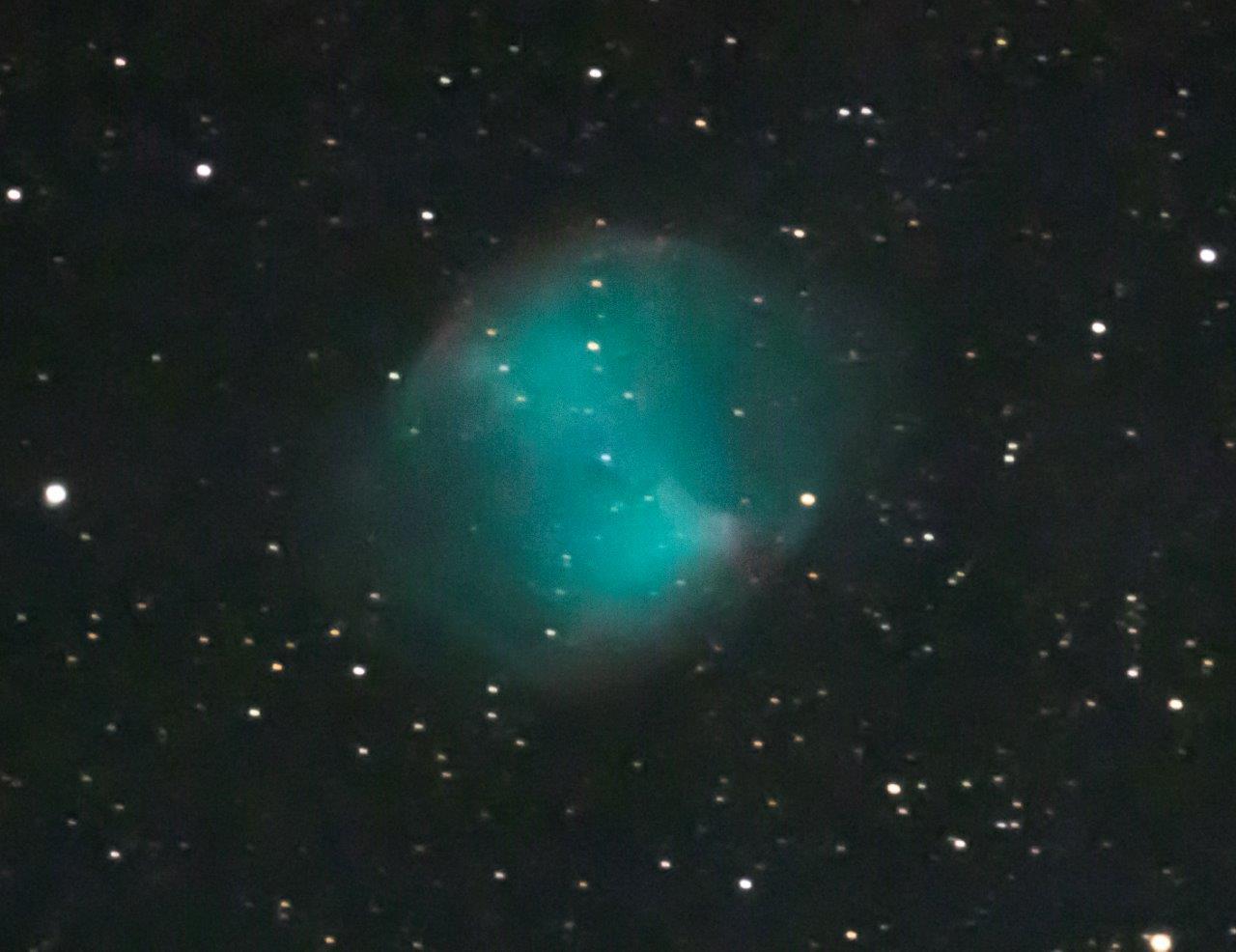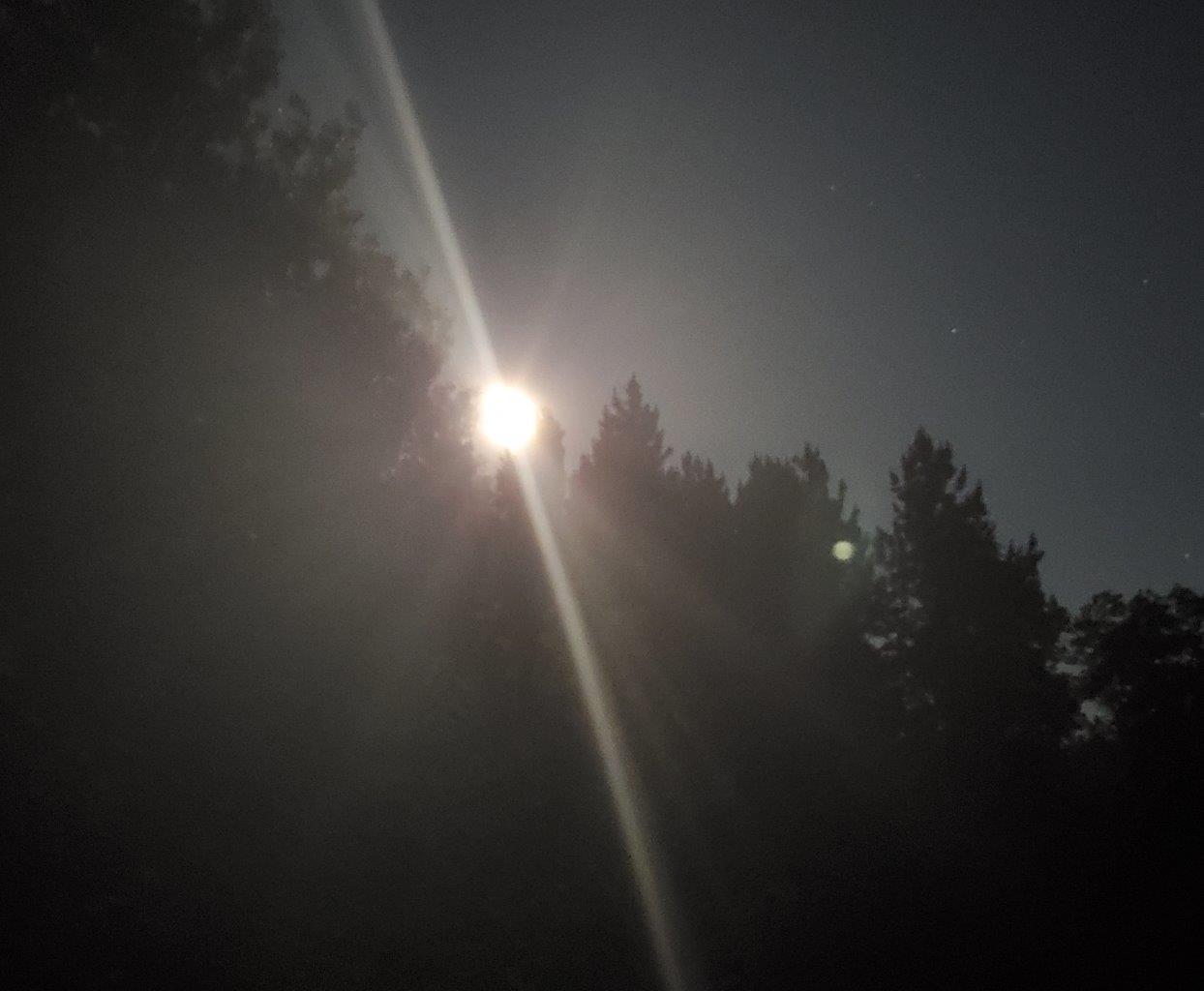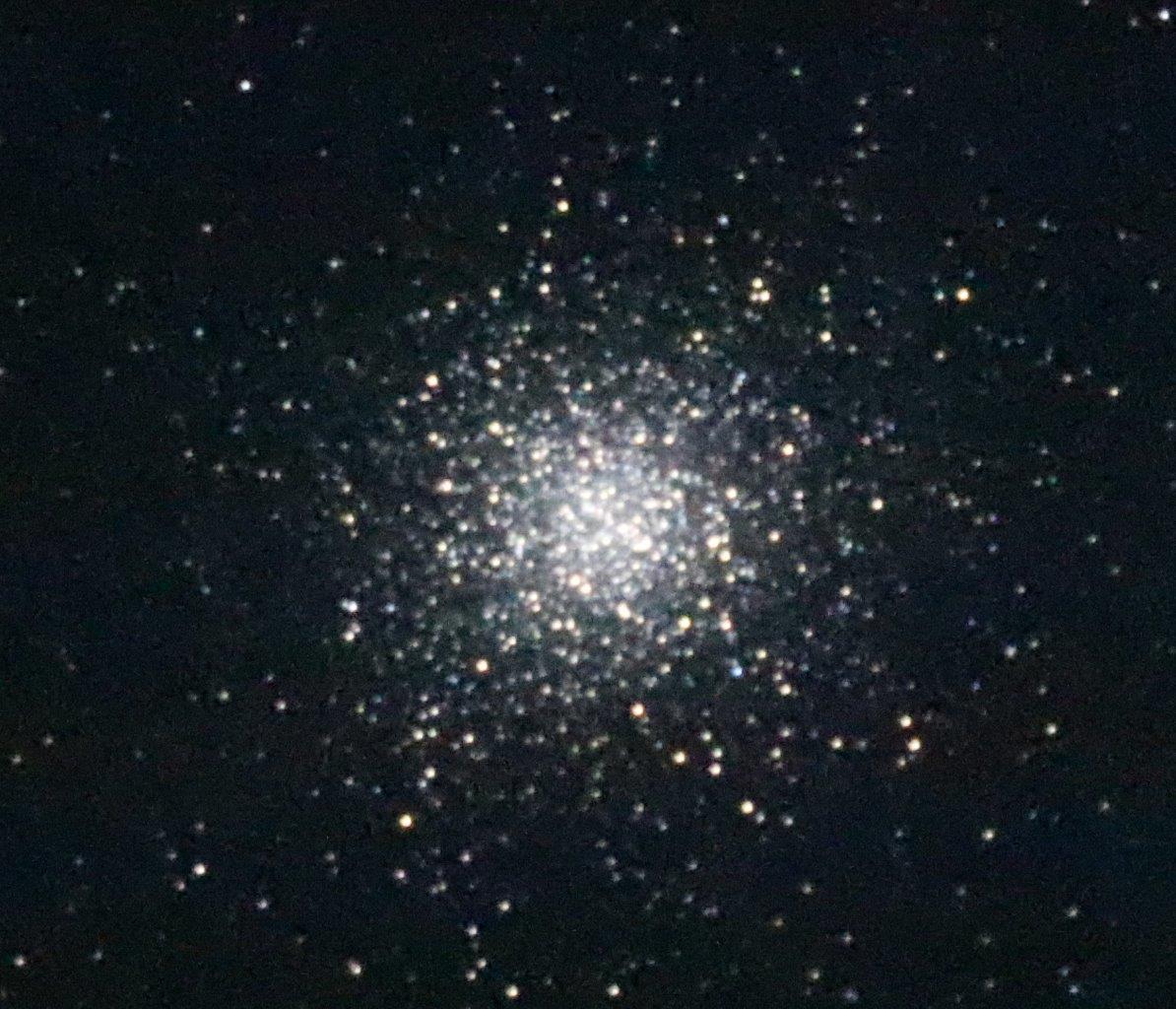ASTRONOMER IN RESIDENCE
Tom Vassos
June 27 - July 17, 2022
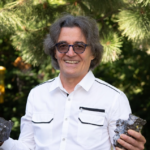
Tom Vassos has devoted thousands of hours researching his lifelong passions – astronomy, cosmology, astrophysics and space exploration. He is the Founder of Cosmologists Without Borders and a Member of the Royal Astronomical Society of Canada. Mr. Vassos is the author of the book, “The Ultimate Guided Tour of the Universe,” and he delights in imparting his knowledge to space enthusiasts, young minds and lifelong learners everywhere.
Read Tom's blog posts as an Astronomer in Residence:
Hello everyone, thanks for stopping by. So excited to start my journey as the Astronomer in Residence at Killarney Provincial Park for the next three weeks.
I decided to come up to Killarney early and spent the weekend at the Killarney Mountain Lodge. People are so friendly and welcoming and on Friday/Saturday/Sunday evenings they have a sole musician at the back of the main floor at the lodge.
I had a chance to see two of Caroline’s astronomy talks/observing sessions and learned a lot about mythical stargazing stories and the arabic origin of the names of stars. Thanks Caroline!
Spent a lot of time with our host at Killarney Provincial Park, Kathleen, and we planned out our week of activities. This week we are going to do some stargazing and solar viewing, as well as some presentations on “The Most Bizarre and Extreme Happenings in the Universe” and “Looking Up: The View from Planet Earth.” I will be posting a more detailed schedule shortly including dates/times/locations.
Some of the presentations will be at the amphitheatre in the park which is in the middle of the forest, great ambience! Here are some photos:
The stage:
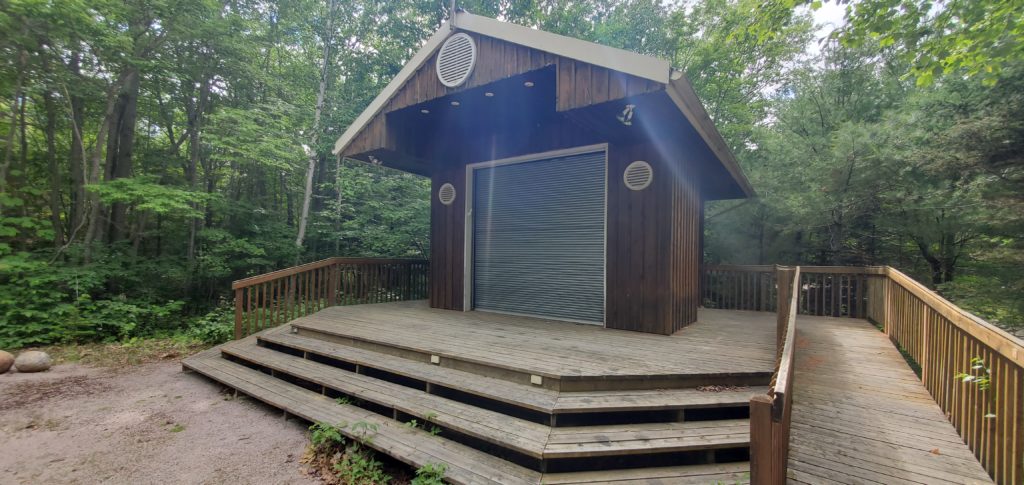
And here’s a 360-degree panorama image of the amphitheatre:
For our observing, we are going to be using a 10-inch and 16-inch Meade telescopes for both stargazing late at night and solar viewing during the day:
The 16-inch Meade telescope with the dome closed:
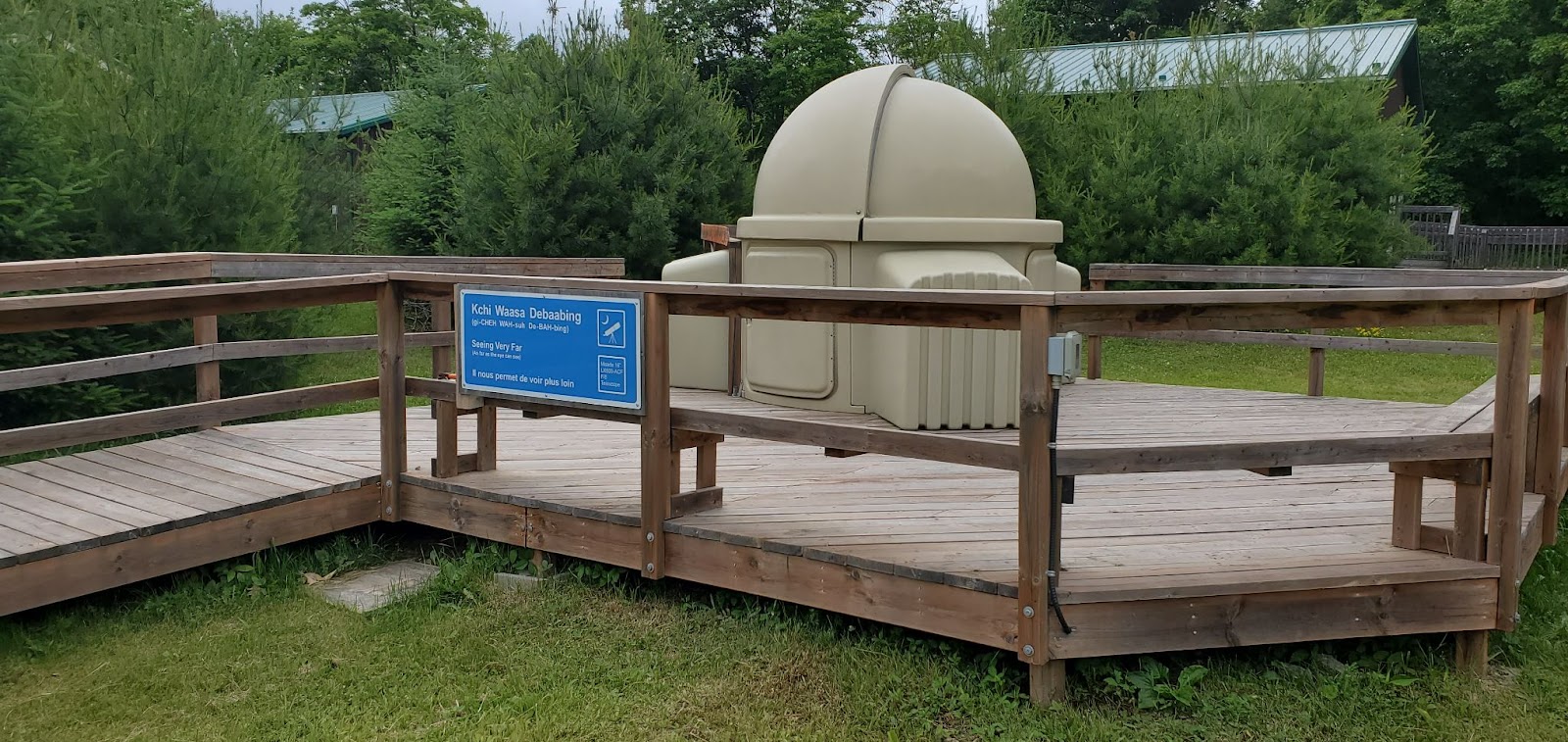
The 10-inch Meade telescope with the dome closed:
A 360-degree panoramic view of the observing area:
Some signage that talks about Killarney’s status as a dark sky preserve:
That’s it for now… let the adventures begin… 🙂
Tom Vassos
Astronomer in Residence, Killarney Provincial Park
TomVassos@yahoo.ca
I’m happy to announce the schedule of astronomy events for this week:
Wednesday, June 29, 1-3pm at the Killarney Park Observatory
Solar Viewing in the Telescope
This drop-in session will give you a chance to observe the Sun through the telescope and see things such as sunspots. Let’s discuss various aspects of the Sun such as how it was formed and where it gets its energy from.
Friday, July 1, 7-8:30pm at the Killarney Park Amphitheatre
The Most Bizarre and Extreme Happenings in the Universe
Learn about Black Holes and supernova explosions, and explore the biggest, brightest and fastest objects in the universe.
Saturday, July 2, 7-8:30pm at the Killarney Park Amphitheatre
Looking Up! The View from Planet Earth
Learn about various celestial phenomena such as meteors, eclipses, aurora, the Milky Way Galaxy and much more.
Saturday, July 2, 11pm at the Killarney Park Observatory
A Tour of the Night Sky in the Telescope
Let’s zoom in and get a firsthand view of double-star systems, star clusters and nebulas. (Weather permitting.)
I hope to see you all there.
Directions to the Killarney Park Amphitheatre
Take the main entrance into the park, go past the Visitor’s Centre and into the parking lot. Drive straight ahead and take the roadway at the far side of the parking lot. Follow the amphitheatre signs which look like three people in three chairs. You will be veering to the left at two junctions and then the amphitheatre will be on your left.
Directions to the Killarney Park Observatory
Take the main entrance into the park, go past the Visitor’s Centre and park at the far side of the main parking lot. Walk down the roadway at the far side of the parking lot for only a few metres where you will see a pathway on your right side (just to the left of the sign warning about bears). Walk down that pathway for a few minutes until you come to an area with a few buildings. Keep walking straight ahead. In the middle of those buildings you will find an open area with two telescope domes. That is where we will meet. Note: This area is only open to the public during scheduled Discovery Programs.
We had our first event of the week this afternoon, solar viewing through the telescope. The clouds cleared up nicely and everyone got a chance to look at the Sun through the Meade 10-inch telescope to see some sunspots.
The event was a big success with 43 attendees. It was just intended to be a drop-in session where everyone could look through the telescope, but almost everyone stuck around for over an hour!
We talked about the Sun, sunspots, solar prominences, solar flares, coronal mass ejections, auroras, eclipses and the Parker Solar Probe which is currently orbiting the Sun.
We decided that we’re all going to meet again on April 8, 2024, when there’s going to be a total solar eclipse in Niagara Falls. This eclipse is going to miss almost all of the Greater Toronto Area and the rest of central/northern Ontario, but it will just skim along the lower Great Lakes, hit half of Montreal and then out to the Maritime provinces.
We also played a game called “Can YOU Outsmart a 9th Grader? – Solar Edition” where we learned all about the Sun.
We had to take a brief break during the event because we were interrupted by a search and rescue helicopter that had to land right beside the observatory… our excitement for the day.
A big thanks goes out to Harrison on the Killarney Provincial Park staff who did a great job of pointing the telescope back to the Sun every time it got bumped. (And thanks to Kate who gave us some guidance on her day off.) Thanks!
Don’t forget to join us for the upcoming events at the amphitheatre at 7pm this Friday and Saturday night, and the telescope viewing session on Saturday night at 11pm. See below for more details.
See you all soon,
Tom Vassos
Astronomer in Residence, Killarney Provincial Park
For visitors to the Killarney Park area, I thought I would put together an image blog post to give you an idea of what’s nearby.
The Gateway Restaurant and Bakery is a great place to pick up some fresh bread and sweet baked goods, and they also have great lunches/dinners. Come early though, because they often run out of their selection of baked goods by the afternoon:
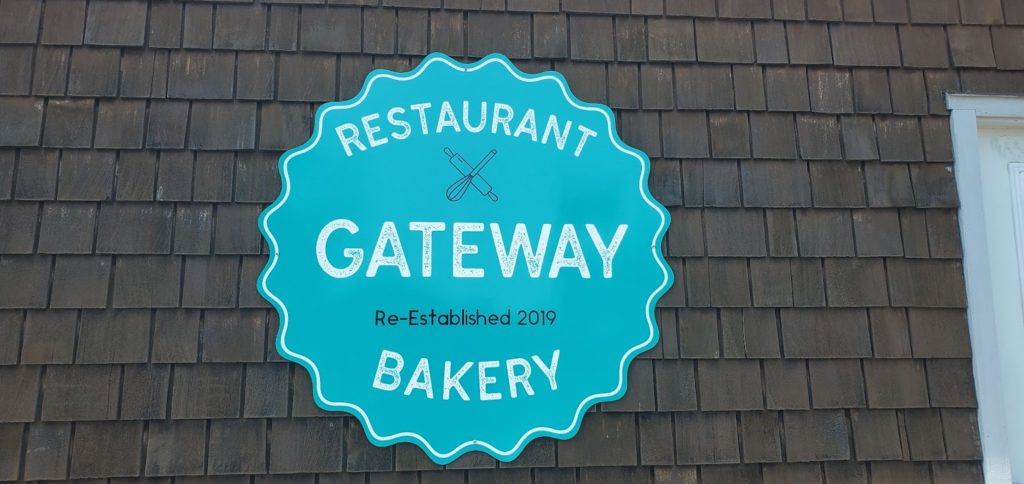
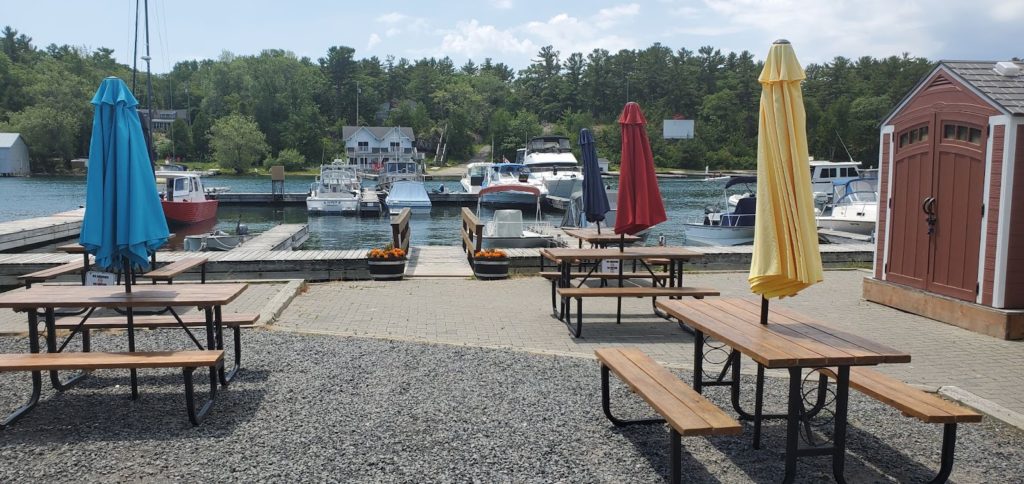

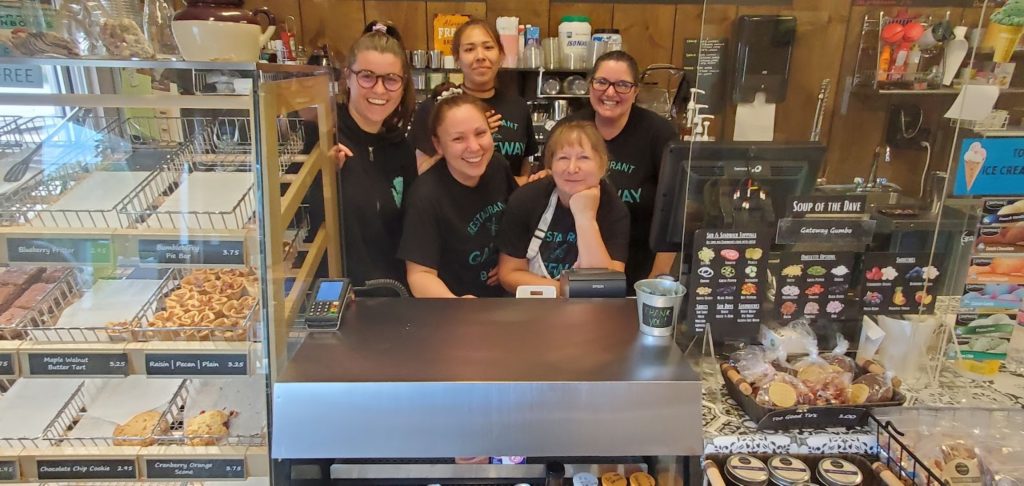
Visit Killarney Treasures to pick up a T-shirt, some local homemade jam and much more:
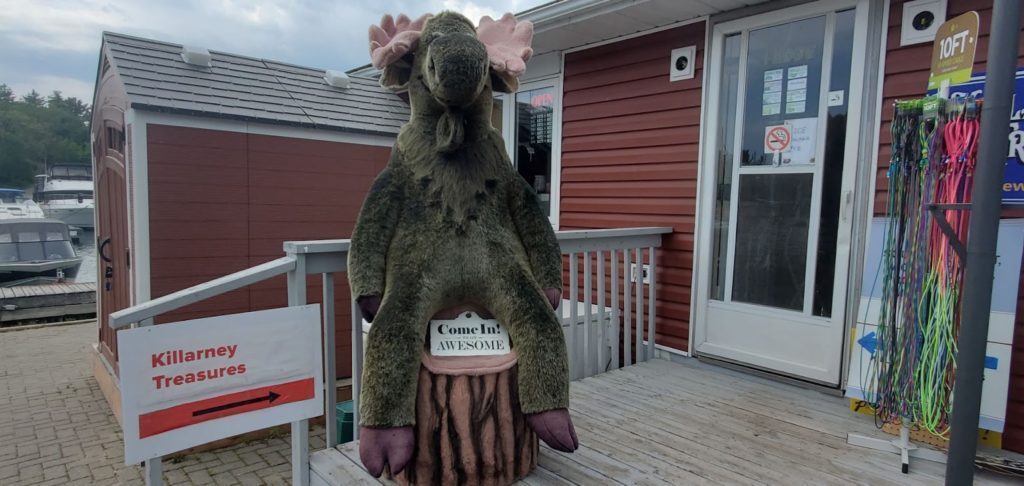
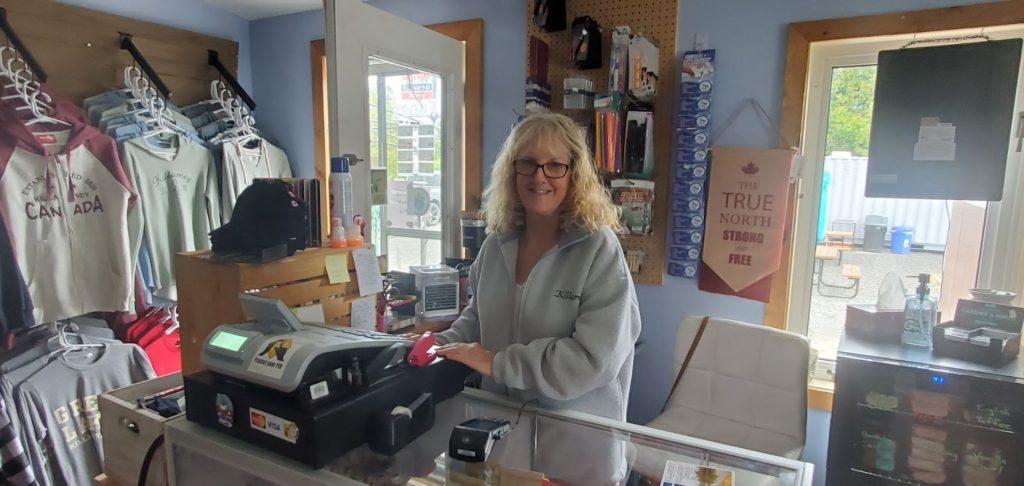
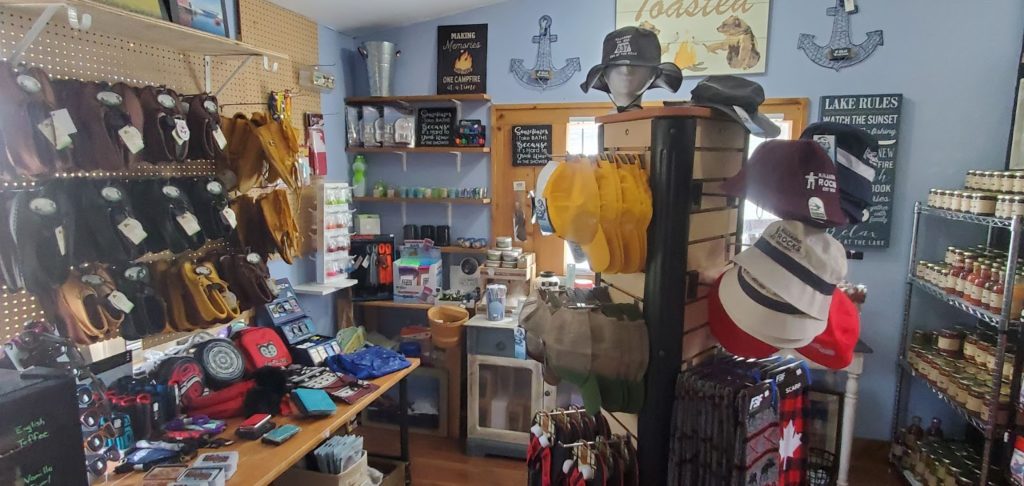
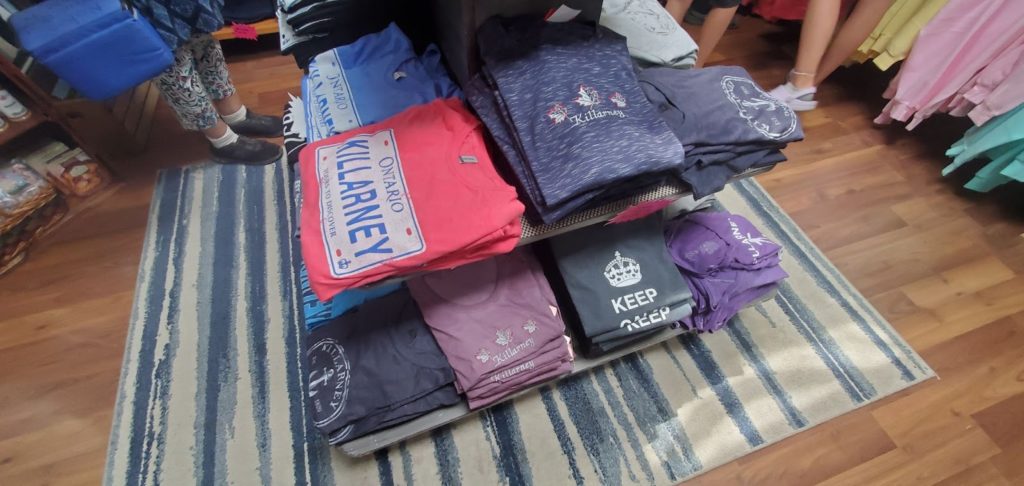
I stayed at the Killarney Mountain Lodge for a few days. Great place to stay right in town with a swimming pool, dining, evening solo entertainment on Fridays/Saturdays/Sundays and a great atrium for relaxing:
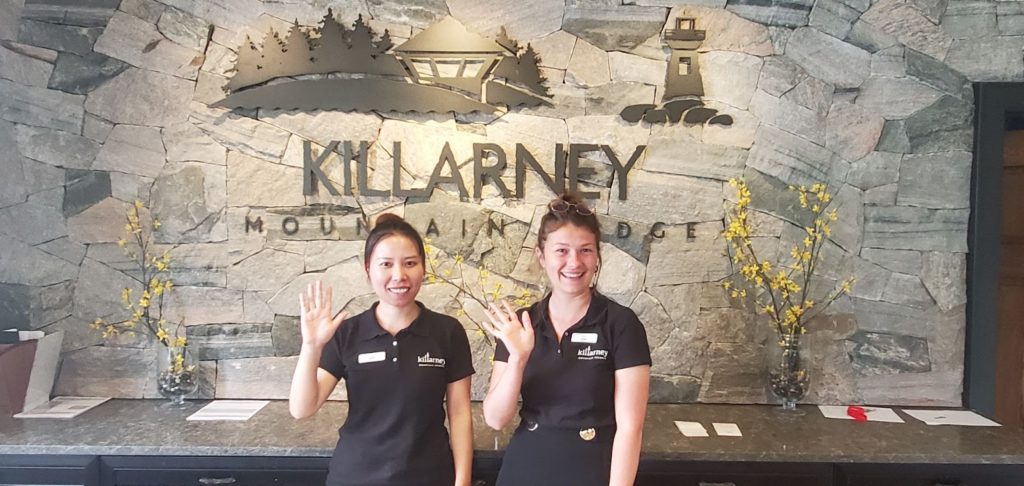
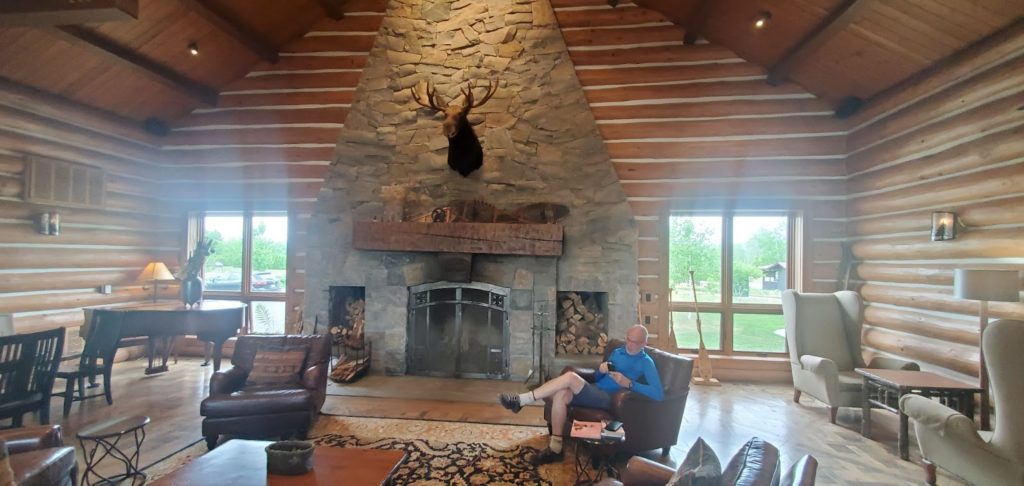
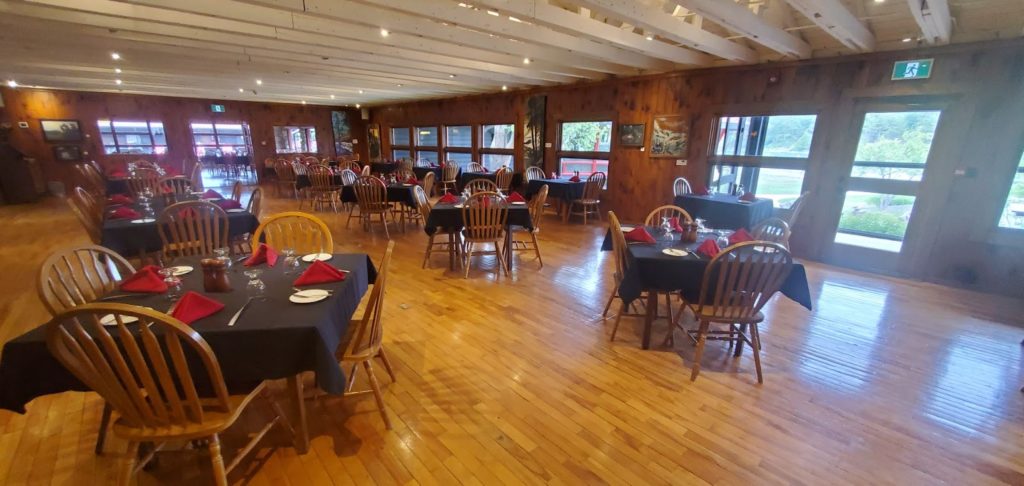
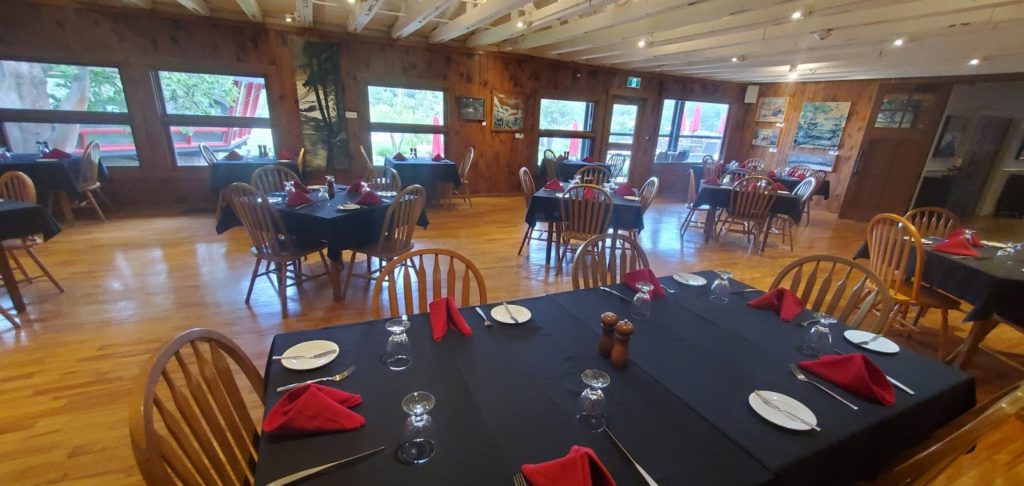
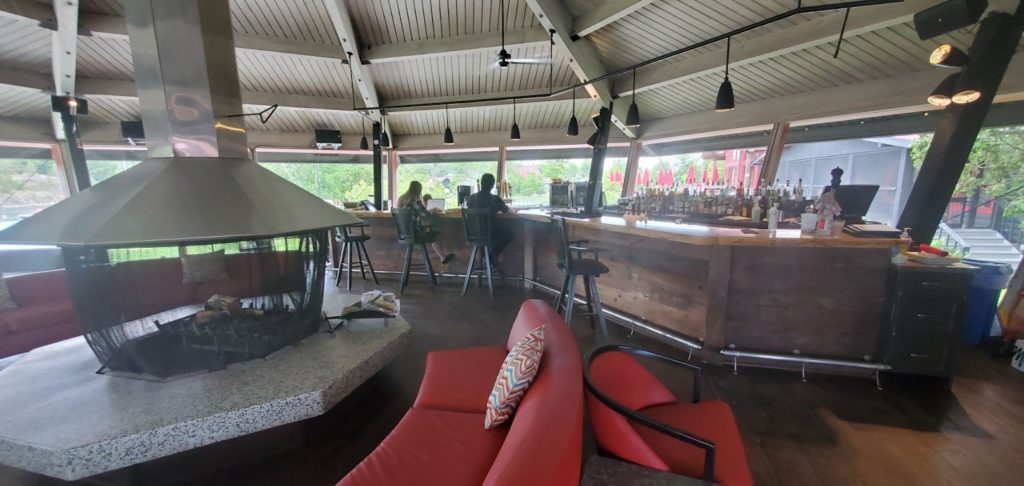
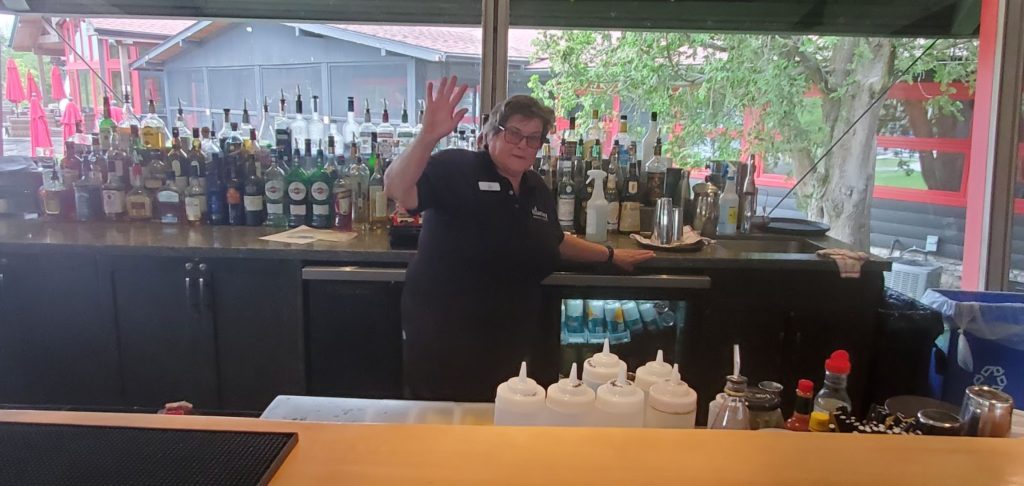
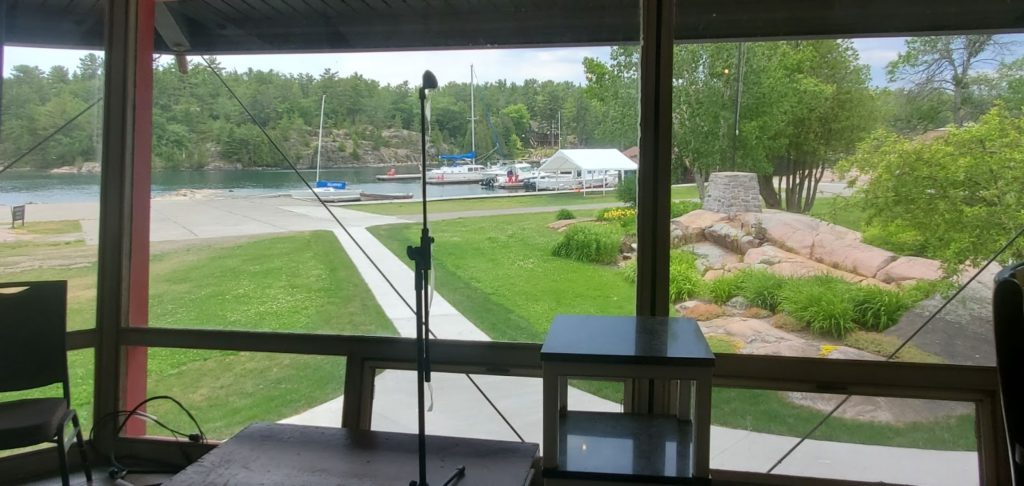
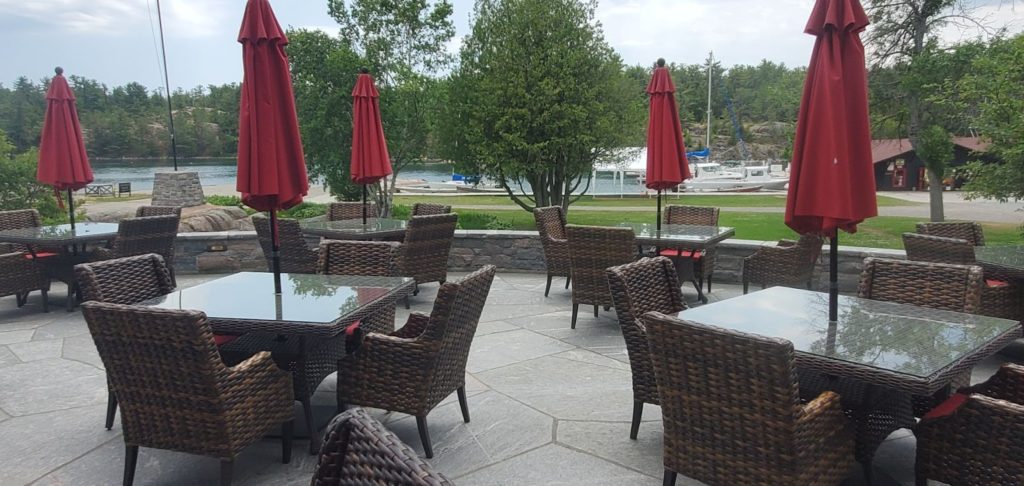
Buy your groceries at Pitfield’s General Store on the waterfront:
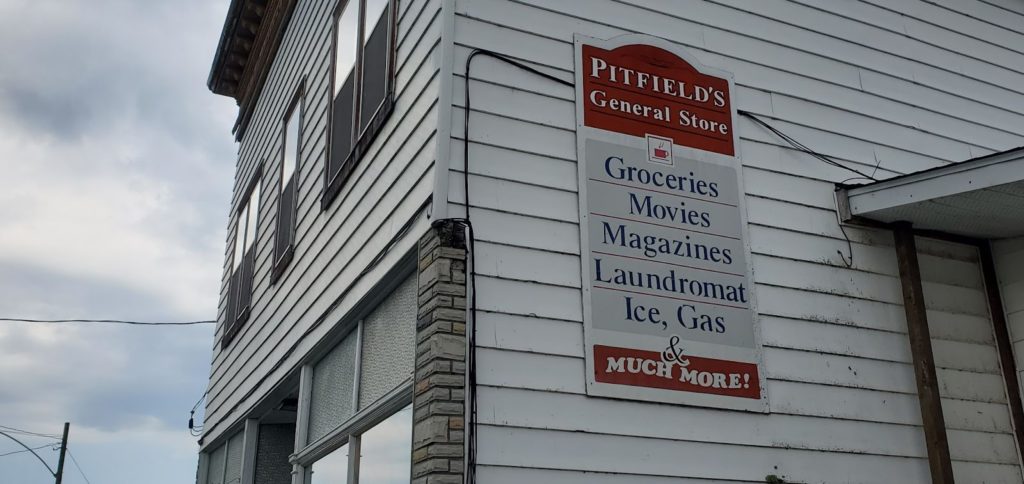
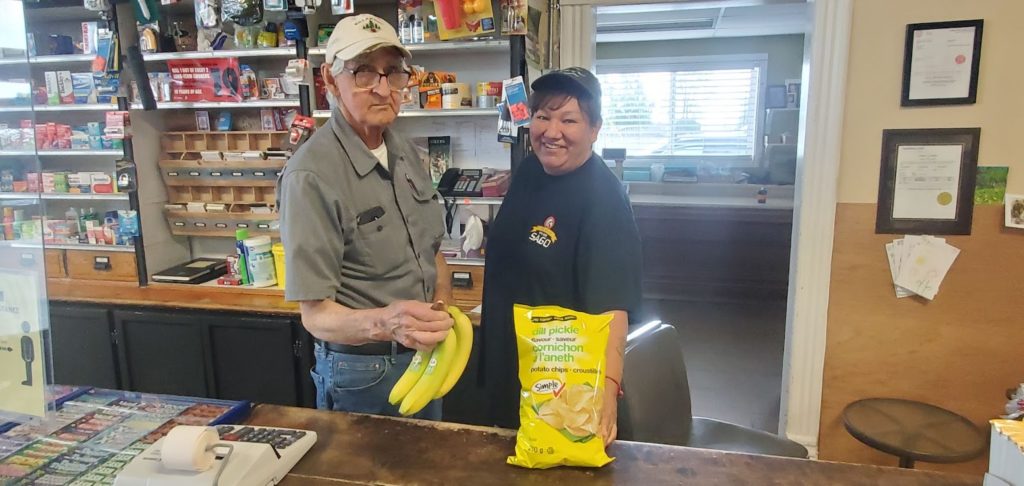
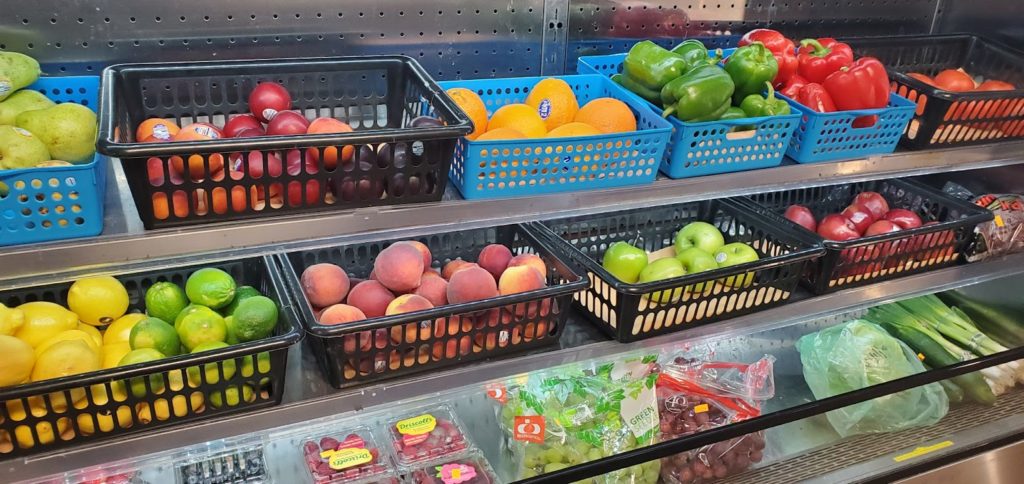
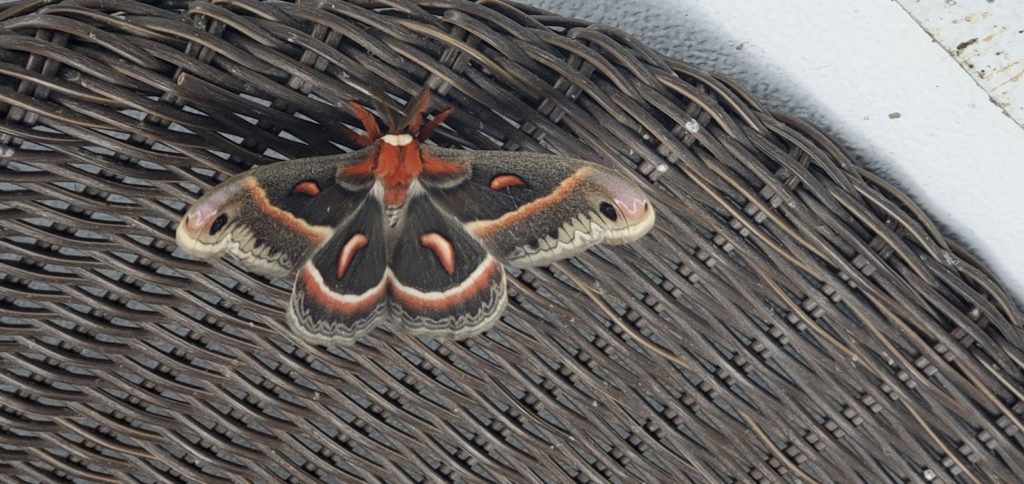
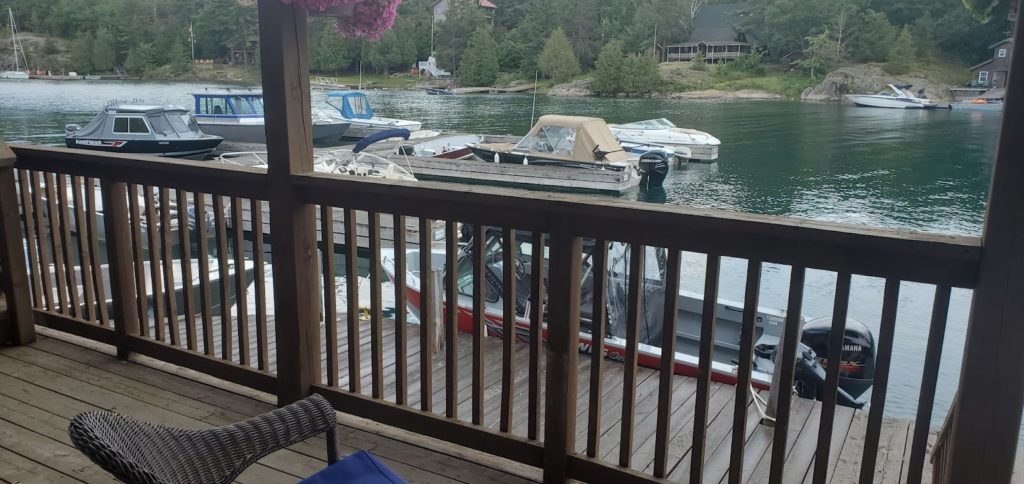
Buy some fish and chips at Herbert Fisheries and enjoy the waterfront tables:
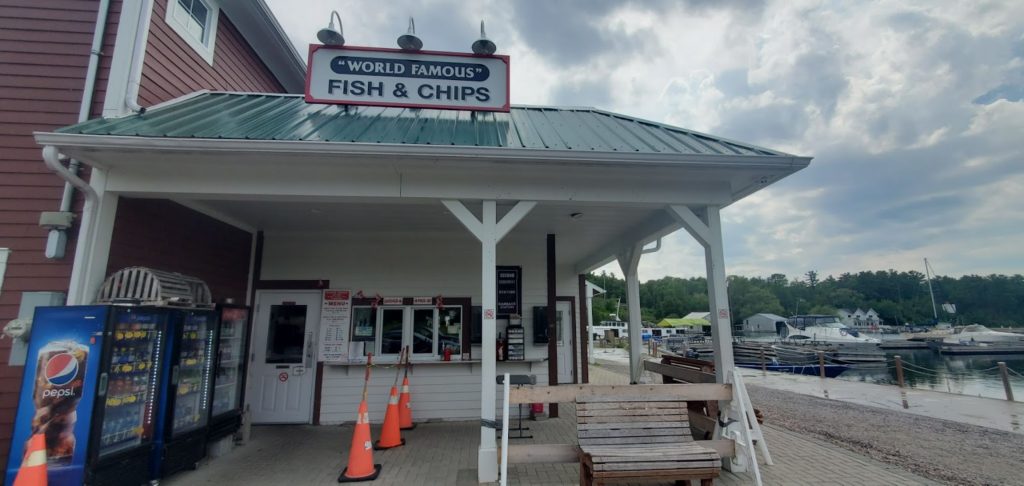
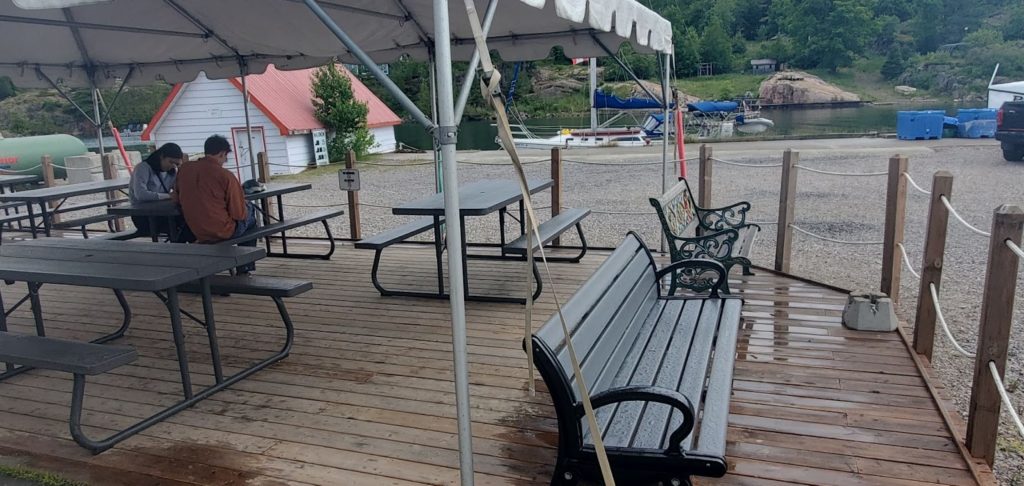
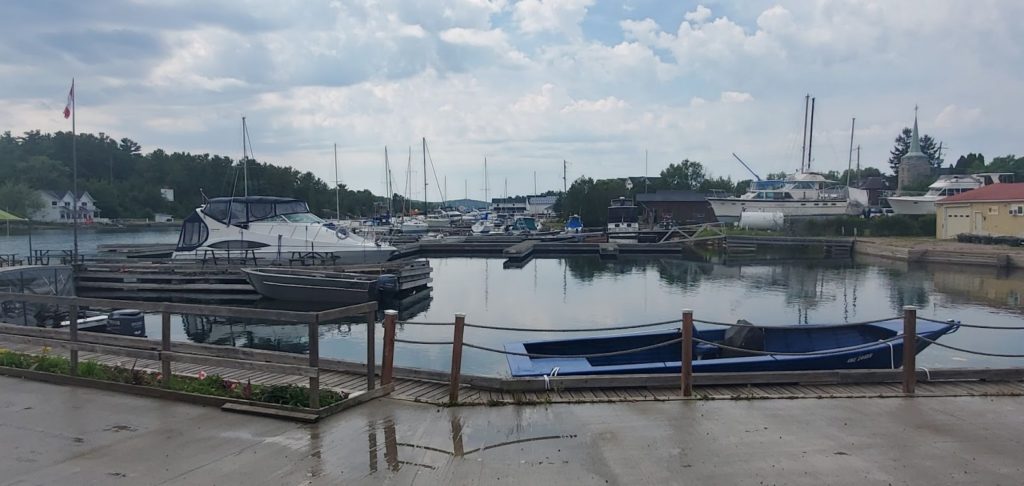
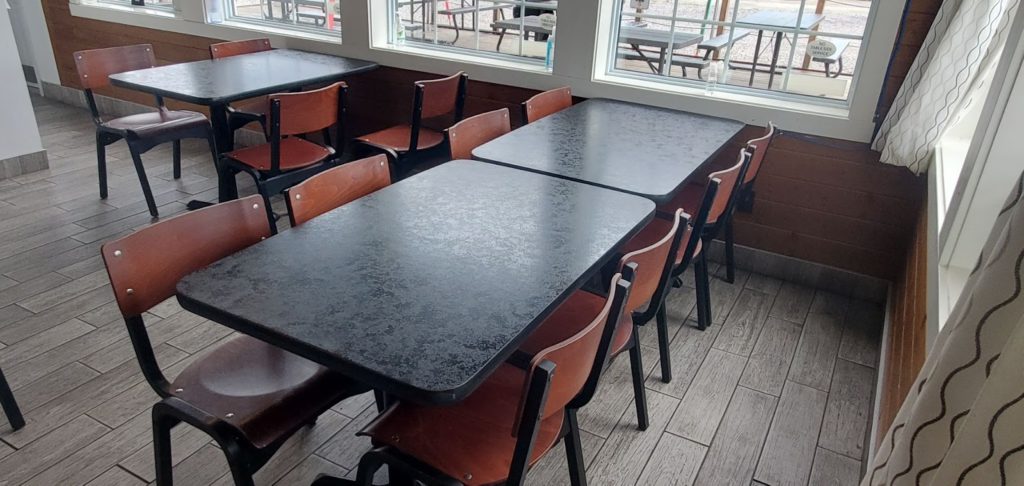
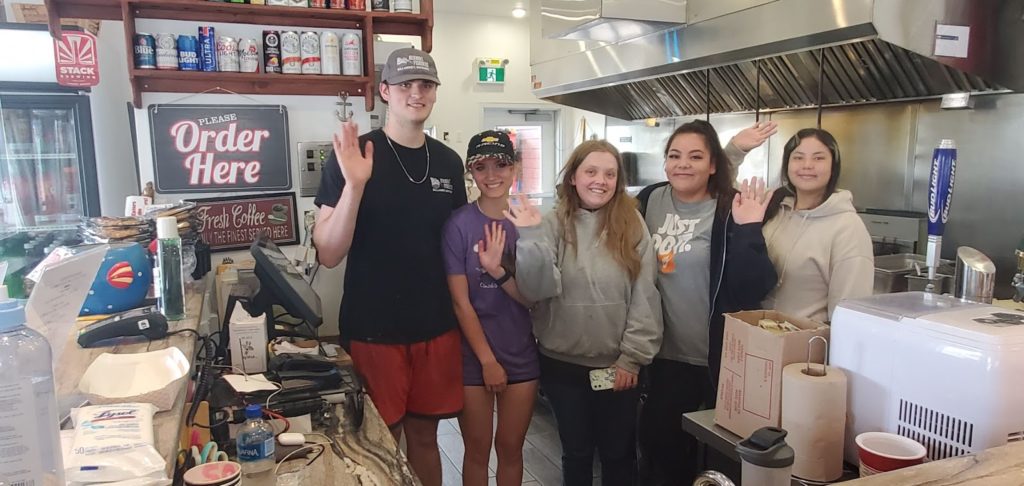
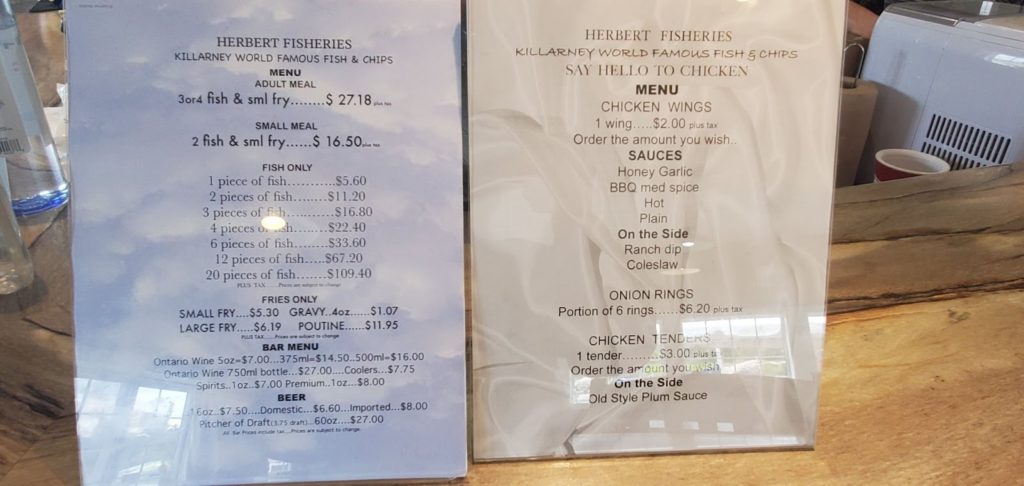
The Sportsman’s Inn has cabins, rooms, restaurants, a gas station and a waterfront restaurant and bar:
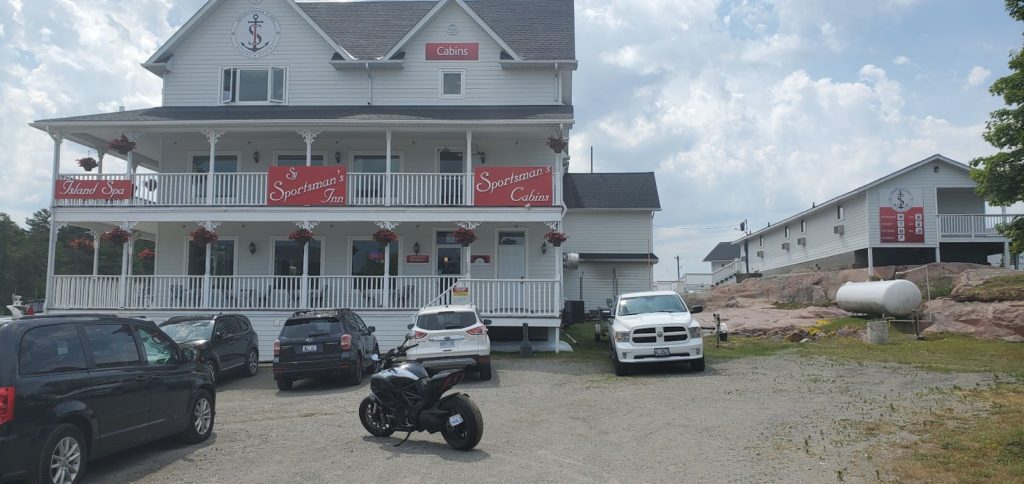
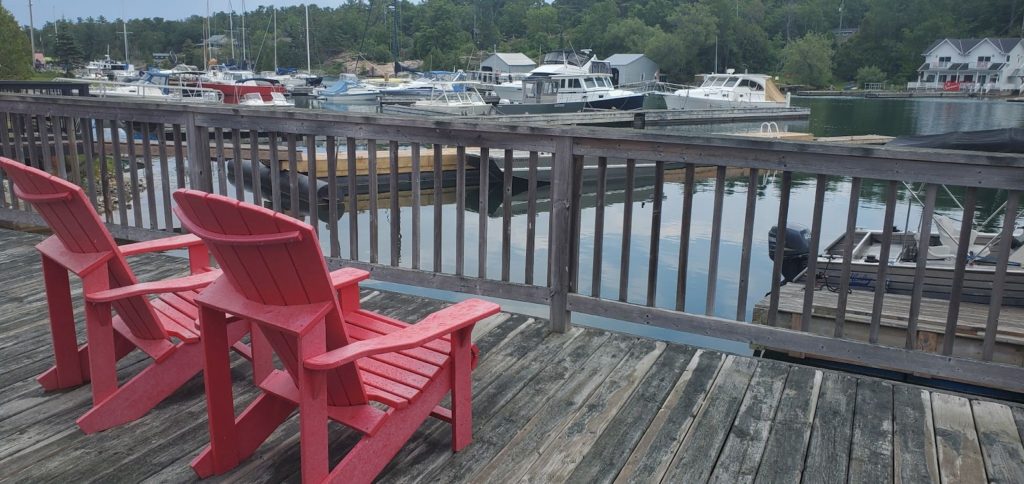
Pick up some chips at Aunt Bea’s Corner Kitchen:
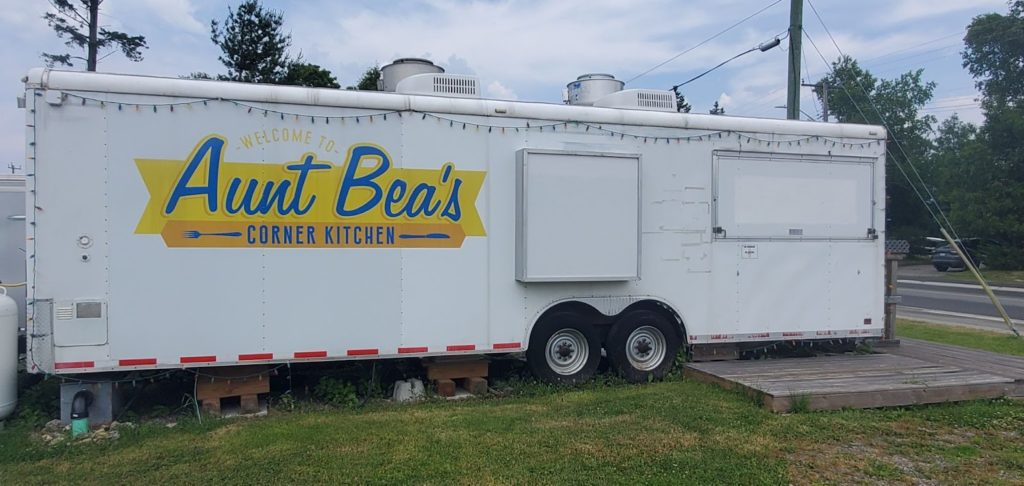
Killarney even has an LCBO:
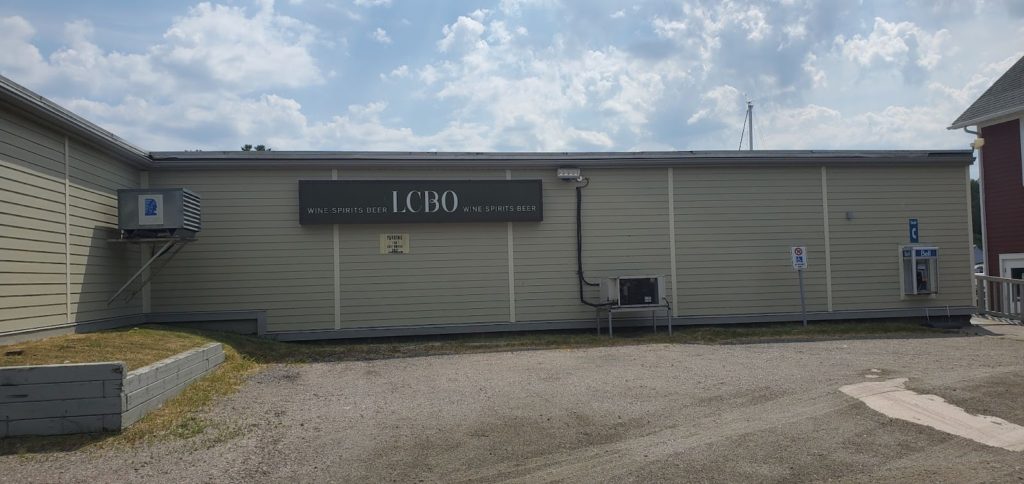
That’s it for now. See you in Killarney.
Hi everyone, we have come to the end of my first week as the Astronomer in Residence at the Kchi Waasa Debaabing Observatory at Killarney Park. This program is a great partnership between Ontario Parks and York University (Allan I Carswell Observatory) and we will be hosting events all summer long.
We had about 170 people attend our amphitheatre and telescope observing events this week alone, and I reached about another 100 people in various other outreach activities in the park and in the town of Killarney.
Thanks so much to everyone that attended, you asked lots of great questions! During our presentations we had a chance to see some of the best images from the best astrophotographers in the world and from the most advanced telescopes around the world (including Killarney Park’s telescope).
We viewed all kinds of videos, animations and images of galaxies, nebulas, auroras, solar coronal mass ejections, STEVE, and much more. We talked about the most bizarre and extreme objects in the Universe such as Black Holes, supernova explosions, neutron stars, galactic cannibalism and galaxy cluster collisions.
We also learned about star hopping, a handy way to measure the sky, meteorites crashing into Earth, the path of the ecliptic, occultations, transits, asterisms and constellations.
On Wednesday we had a solar viewing session on the Meade 10-inch telescope at the Waasa Debaabing Observatory and got a view of sunspots on the Sun. We talked about solar prominences/coronal rain on the Sun, how it misbehaves and what danger it might pose to us Earthlings.
Throughout the week, we played lots of interactive games such as “Name that Nebula!” “Fact or Fake?” and “Can YOU Outsmart a 9th Grader?” and “Name that World!” This was a lot of fun for kids and adults alike. (And it’s a great way to inspire everyone and teach them all about the cosmos.)
I had a chance to present some of my new research on the true apparent sizes of multiwavelength worlds. This included an inspiring series of images of what the skies would look like if we all had superhuman vision. (This followed a successful review of this research for the American Astronomical Society in Los Angeles and at the Royal Astronomical Society of Canada’s general assembly.)
On Saturday night, we had an astrophotography session to image the Milky Way and some star trails rotating around Polaris, the North Star. The northern lights (aurora borealis) even graced us with a brief visit at 2am on Friday morning.
All in all, a great first week.
Many of you were asking about the directions to our astronomy presentations and telescope viewing sessions at the observatory, so I have put together a couple of videos which you can watch… click on the video links above. In case you need written directions, here they are:
Directions to the Killarney Park Amphitheatre
Take the main entrance into the park, go past the Visitor’s Centre and into the parking lot. Drive straight ahead and take the roadway at the far side of the parking lot. Follow the amphitheatre signs which look like three people in three chairs. You will be veering to the left at three junctions and then the amphitheatre will be on your left. It is right beside a small parking lot.
Directions to the Killarney Park Observatory
Take the main entrance into the park, go past the Visitor’s Centre and park at the far side of the main parking lot. Walk down the roadway at the far side of the parking lot for only a few metres where you will see a pathway on your right side (to the left of the sign warning about bears). Walk down that pathway for a few minutes until you come to an area with a few buildings. Keep walking straight ahead. In the middle of those buildings you will find an open area with two telescope domes. That is where we will meet. Note: This area is only open to the public during scheduled Discovery Programs.
Note: All events are weather permitting and subject to change.
Tom Vassos
Astronomer in Residence
Kchi Waasa Debaabing Observatory
Killarney Provincial Park
Hello everyone, we have a great week of activities planned for you at Killarney Park this week. Join us for telescope observing at the Kchi Waasa Debaabing Observatory at 11pm on Wednesday and Saturday (July 6 and 9). At these observing sessions, we will also discuss topics such as “YOU and the Universe – Your Personal Connection to the Cosmos” (Wednesday) and
“Life in the Universe – Where are all the aliens?” (Saturday).
We will try to observe objects such as double stars, asterisms, globular star clusters and nebulas. This week is also going to be extra special because we’re going comet hunting! Comet C/2017 K2 is making its closest approach to Earth on July 14, but if we get very very lucky, we might be able to see it through our Meade 16-inch telescope.
We are also going to be doing a presentation at the Killarney Park Amphitheatre on Friday night from 8pm to 9pm (July 8). Join us for a talk on Space Exploration Missions and Discoveries. We will be taking a virtual trip to the International Space Station and experiencing life through the eyes of an astronaut, with brilliant perspectives of Earth from space that are sure to change the way you view your home planet. Let’s explore space exploration missions to the Moon, Mars and beyond.
Hope to see you all there!
Tom Vassos
Astronomer in Residence
Kchi Waasa Debaabing Observatory
Killarney Provincial Park
Wow, what a great telescope observing session we had at the observatory last night! With our Meade 16-inch telescope, we were able to see everything from the Moon to binary star systems to globular clusters to nebulae.
We also talked about star hopping and how you can find objects in the sky just by holding out your hand at arm’s length and knowing the distance to various objects. You can start by finding the big dipper and use your outstretched hand/fingers to locate the bright star Arcturus and Polaris the North Star. You will then be able to find the little dipper since Polaris is the star at the top of the handle.
We then played a couple of games of “YOU and the Universe” where we discovered all kinds of connections that each of us has with the cosmos. In the “Demotion Edition” of this game we learned that:
“The Universe does not revolve around you, you are blind to over 99.9% of all the light around you, we aren’t the only planet, Solar System or galaxy out there, we aren’t the only world with water, and our elements and DNA are not special.”
– Tom Vassos
But then in the “Superhero Edition” of the game we learned that:
“Your jewelry is billions of years old from trillions of kilometers away. YOU can fly and travel at over 2 million kilometres/hour. You might only really weigh 11 kilograms yet you can lift 4 million bags of groceries. You have the power to look back in time, are billions of years old and you are made of stardust.” – Tom Vassos
That’s right, even the calcium in your teeth and bones, the iron in your blood, the copper in your muscles and the zinc in most of your cells were all created billions of years ago
in the explosions of stars.
Wow, that was a lot to take in, all in one night. See you at our next events… 🙂
Tom Vassos, Astronomer in Residence, Kchi Waasa Debaabing Observatory, Killarney Provincial Park
We have a couple of great activities planned this weekend at Killarney Park. Join us for a space exploration presentation at the Amphitheatre on Friday night at 8pm, and some stargazing through the high-powered telescope on Saturday night at 11pm. Here are the details:
Friday, July 8, 8:00-9:00pm at the Killarney Park Amphitheatre
Space Exploration Missions and Discoveries
Take a virtual trip to the International Space Station and experience life through the eyes of an astronaut with brilliant perspectives of Earth from space that will change the way you view your home planet. Let’s explore space exploration missions to the Moon, Mars, asteroids and beyond.
Saturday, July 9, 11-12:00pm at the Killarney Park Observatory
A Tour of the Night Sky in the Telescope
Zoom in for a firsthand view of celestial objects such as double-star systems, star clusters and nebulas (weather permitting). Let’s discuss “Life in the Universe – Where are all the aliens?”
Hope to see you all there!
Tom Vassos, Astronomer in Residence, Kchi Waasa Debaabing Observatory, Killarney Provincial Park
Hi everyone, don’t forget to join us for our telescope observing session tonight:
Saturday, July 9, 11-12:00pm at the Killarney Park Observatory
A Tour of the Night Sky in the Telescope
Zoom in for a firsthand view of celestial objects such as double-star systems, star clusters and galaxies (weather permitting). Let’s discuss “Life in the Universe – Where are all the aliens?”
What a wonderful event we had last night at the Killarney Park Amphitheatre on the topic of “Space Exploration Missions and Discoveries.” We had great attendance including three dogs that showed up. The pet owners in the audience were thrilled to learn about the pioneering role that Russian dogs like Laika, Belka and Strelka played in being first to orbit Earth.
We saw historic footage of Kennedy’s speech which set the ambitious goal of landing a man on the Moon and returning them safely to Earth within a decade (the 1960s). We saw historic footage of Neil Armstrong stepping foot on the Moon (“one small step for man, one giant leap for mankind”), as well as the first space walks by Russian Alexei Leonov and American Ed White. We played a game of “USSR vs. USA!” and most attendees were surprised to learn that 8 out of 10 space exploration firsts were actually achieved by the USSR.
We then took a trip to the International Space Station (ISS) to see life through the eyes of an astronaut. In an interview with Canadian astronaut Dr. Dave Williams, he revealed what it’s really like to blast off in a rocket shop… three times the gravitational force makes it feel like there’s an elephant on your chest.
We then covered the “Top 20 reasons why you should want to become an astronaut and work on the ISS when you grow up!” This includes experiencing weightlessness and flying around, having to Velcro your food to the table, playing ping pong with a ball of water, seeing the callouses on the bottom of your feet fall off, growing taller by two inches, being part of an international team, drinking water from recycled sweat and urine, plugging up a hole in the ISS with your thumb, getting free haircuts, not having to make your bed, conducting a space walk, repairing the Hubble telescope, free rides on a tetherless Manned Maneuvering Unit, travelling around the entire planet in 90 minutes at ten times faster than a speeding bullet, and witnessing a sunrise or sunset every 45 minutes!
We then spent some virtual video time with Canadian astronaut Chris Hadfield to witness how he made his meals and conducted science experiments on the ISS.
To better understand how the space industry is being transformed, we watched videos of how reusable rockets can safely land back on planet Earth, significantly reducing the cost of space travel.
We explored experiments on the Moon like how China’s space agency remotely watered some cotton seeds that then started growing… the makings of the first farm on the Moon!
We explored how current Mars rover missions are taking rock/soil samples on the Moon that will be returned back to Earth in the next decade. We also took a virtual trip through the Gale and Mojave craters on Mars to witness the devastation caused by meteorite strikes.
We moved on to Saturn and saw beautiful imagery from the Cassini mission, including a closeup image of five of Saturn’s moons. We also learned about NASA’s “Wave at Saturn” campaign where everyone on planet Earth was encouraged to “get in the picture” that the Cassini spacecraft took of Earth, from 1.4 billion kilometres away.
With the help of the European Space Agency’s Huygen’s probe, we visited Saturn’s moon Titan to discover the only other world in our Solar System that has flowing liquid on its surface. But before you jump in, be aware that these aren’t ideal swimming conditions. The liquid is made of ethane and methane, and is a couple of hundred degrees below zero. Titan has more oil and natural gas reserves than all of planet Earth!
We then discussed several asteroid missions to Ryugu and Bennu that successfully landed on these worlds and collected rock samples, some of which have actually made it back to Earth. And the mission to land on Comet 67P successfully found water vapour, carbon, hydrogen, oxygen, 16 organic compounds and one amino acid… not an actual discovery of life, but a discovery of the precursors to life which might have seeded life on Earth billions of years ago.
We then watched a video by Dr. Brian May, who is not only an astrophysicist, but the lead guitarist for my favourite rock band Queen. He described how the European Space Agency’s Hera mission is going to visit a binary asteroid system called Didymos to see if we can deflect an asteroid’s orbit. This is critical information that humankind might need in the future to actually save planet Earth from a devastating asteroid impact.
We talked about the future of space exploration including space tourism; humankind landing on Mars; space mining companies that are going to lasso an asteroid so that they can mine it for quadrillions of dollars worth of gold, silver and platinum; baby Luna being born on a future Moon colony; and baby Marcia being born on a future Mars colony.
We then began our journey back to safety, with an image of the pale blue dot, planet Earth, taken by the Voyager 1 Space Probe from 6 billion kilometres away. This image changed our view of planet Earth to being a tiny fragile speck of dust floating in space. As we journeyed closer to home, we saw an image of the Earth from 1.4 billion kilometres away, accompanied by the rings of Saturn.
Closer still were images of Earthrise with the Moon in the foreground, and according to Jim Lovell, NASA Apollo 8 Command Module Pilot:
“The vast loneliness is awe-inspiring and it makes you realize just what you have back there on Earth.”
What an adventure!
What a wonderful night we had last night at the Killarney Park Observatory. We displayed a great live telescope-view of the Moon on our projector, and several people were even allowed to go inside the observatory to see the Moon through the telescope.
We could see all the well-defined craters near the Moon’s terminator line, and we even got to see where Tranquility Base is. This is where humankind first landed on the Moon (Neil Armstrong and Buzz Aldrin).
Attendees also got to listen to my presentation on: “Life in the Universe – Where are all the aliens?”
We started with a game of “Can YOU Outsmart a 9th Grader – Alien Edition.” This gave me a chance to learn about everyone’s opinions about whether alien life exists, whether UFOs are real and aliens have actually visited us on Earth, and what form they might take, from microbial life, to animals, to advanced intelligence far beyond that of humans.
Everyone at the event, including me, believes that aliens exist in the Universe. But I disagreed with half the audience that believes that the appearance of UFOs and the many stories of alien encounters means that aliens have visited us on Earth. So, to refute that notion, we talked about the many other likely explanations for these occurrences such as natural phenomenon, human-made objects, technology glitches (e.g., radar, cameras, etc.), psychological illusions, drug-induced illusions, health-induced illusions (e.g., brain tumours) and hoaxes where people are motivated by financial gain.
We talked about the question that physicist Enrico Fermi posed many decades ago about aliens in the universe: “Where is everybody?” This came to be known as the Fermi Paradox. We discussed several solutions to the Fermi Paradox such as the zoo hypothesis, the simulated world hypothesis, the “aliens among us” hypothesis and the rare Earth hypothesis.
I then presented my own proposed solution to the Fermi Paradox which is this: “Microbial life and intelligent civilizations are incredibly common throughout the universe, but so far apart in space and time that we will likely never ever meet them.”
– Tom Vassos
Evidence supporting this solution includes:
- Microbial life and extremophiles are incredibly common throughout Earth (buried deep underground on land and frozen ice, deep in caves with no light, at the bottom of oceans and high in the sky).
- The universe is so big (possibly even infinite in size), that there must be life out there.
- The elements/molecules possibly needed for life (such as water and oxygen) are common throughout the Universe.
- Precursors to life such as organic compounds, amino acids and nitriles are common throughout the Universe.
- But the universe is so big and worlds are so far apart from each other that aliens may never be able to communicate with us or reach us (except via panspermia of course, where alien microbes might have already hitched a ride to Earth via asteroids and comets).
- And they would have to reach us at this very tiny sliver of time where we have achieved intelligence. (If we take the entire 13.8-billion-year history of the Universe and shrink it down to just one Earth calendar year, humans didn’t show up until 8 minutes to midnight on December 31.)
- Even if aliens have visited our cosmic neighbourhood every 100 million years (that’s 138 visits since the Big Bang), this is what they would have found:
Earth not born yet: 59% of the visits
Single-cell microbes: 21% of the visits
Multicell microbes: 11% of the visits
A lifeless Earth: 4% of the visits
Animals: 2% of the visits
Dinosaurs: 2% of the visits
Humans: .04% of the visits
As you can see, the chance that they would have met us is just a tiny fraction of 1%.
- Since the Universe is expanding dramatically, even if a species could travel at light speed, they would still only be able to visit much less than 1% of the other species located throughout the Universe
We went looking for possible life on Mars, where evidence of underground water, oxygen and methane has already been discovered. Next, we discussed possible life on Jupiter’s moon Europa and Saturn’s moon Enceladus where the source of energy might be underground tidal heating from their host planets.
We viewed extremophile life around hydrothermal vents at the bottom of Earth’s oceans to give us an idea of what some aliens might possibly look like.
We discussed the discovery of several thousand exoplanets in distant solar systems, many of which are located in the habitable zone. These water worlds and rocky planets could have liquid water flowing their surfaces, and therefore alien life might flourish. For example, the Trappist-1 solar system appears to have two out of its seven planets in the habitable zone.
We then had some fun and I showed everyone my alien photo album and video album, including depictions of aliens by artists and movie-makers.
We closed with my top three alien discovery predictions:
- “Evidence of Alien Life Found on an Exoplanet Trillions of KM Away!” – Monday, Sept. 3, 2029
- “Wow! Fossils of Martians Found on Mars!” – Thursday, July 21, 2039
- “Eureka! Life Found on Jupiter’s Moon Europa!” – Saturday, Sept. 23, 2079
Some of these discoveries of alien life might even happen in our lifetimes… we are in the golden age of astronomy and space exploration!
Tom Vassos, Astronomer in Residence, Kchi Waasa Debaabing Observatory, Killarney Park
Wow, what an exciting day today… major announcements from NASA and the first-ever astrophotographs from the James Webb Space Telescope. What a monumental achievement for humankind! This telescope is so accurate, that as it is staring at a spot in the sky to get a clear image, it wobbles less than 17 millionths of a millimetre. Here are some of the images and highlights from this announcement:
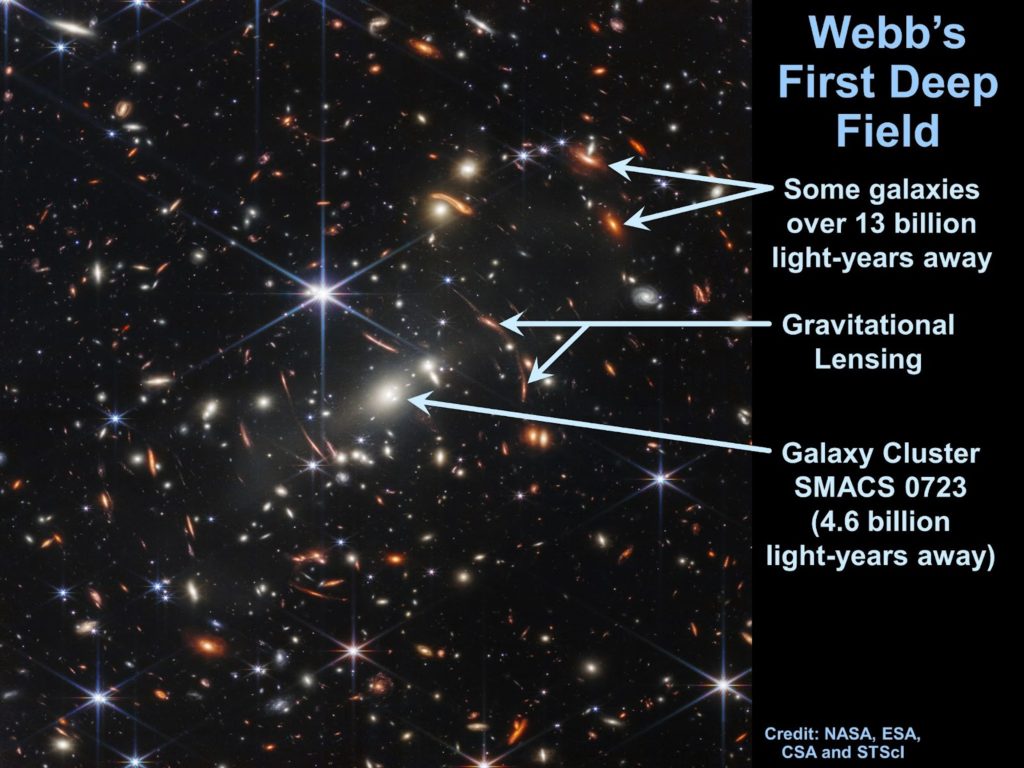
I was most excited about “Webb’s First Deep Field” infrared image above. It is a 12.5-hour-exposure image that revealed thousands of galaxies and star clusters, all in a tiny spot in the sky about the size of a grain of sand held at arm’s length. This image enables us to look back in time to the way the Universe looked over 13 billion years ago. A galaxy cluster in the foreground of this image magnifies the galaxies deep in the Universe, exactly the way that Einstein’s formulas predicted. This image also shows clear evidence of several “Einstein Rings,” background objects that appear warped due to the bending of light around massive objects (gravitational lensing).
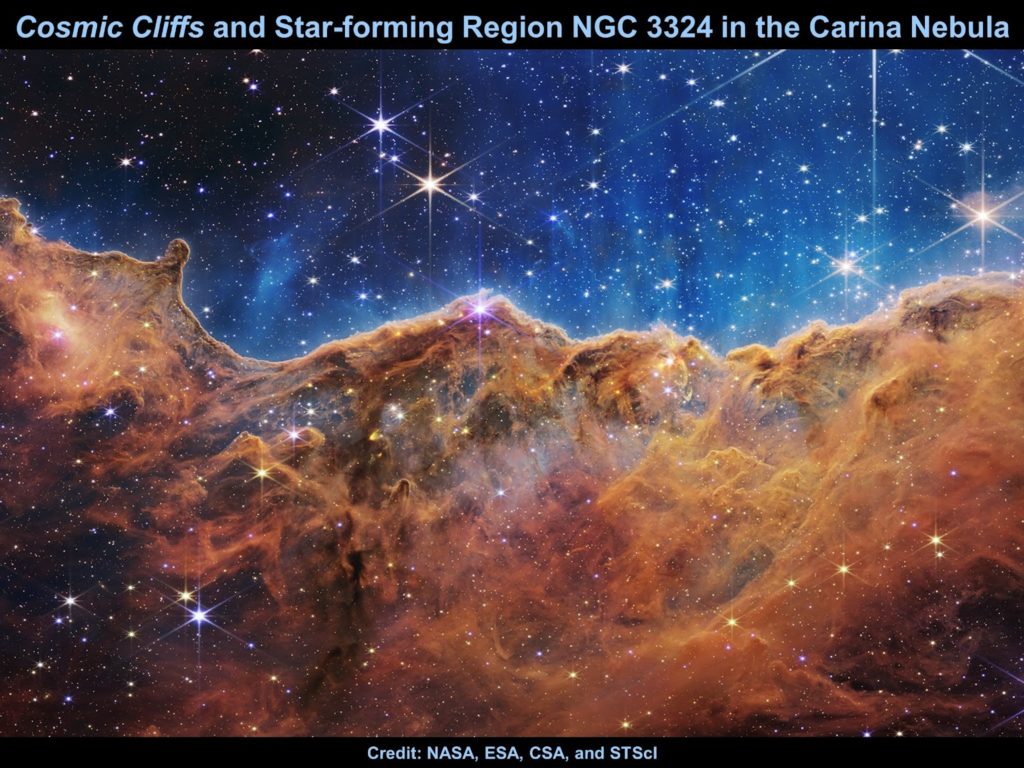
This beautiful image of the Carina Nebula looks like cosmic cliffs that are actually about 65 trillion kilometres tall. The James Webb Telescope’s infrared view allows us to see right through the dust clouds to expose a star forming region called NGC 3324.
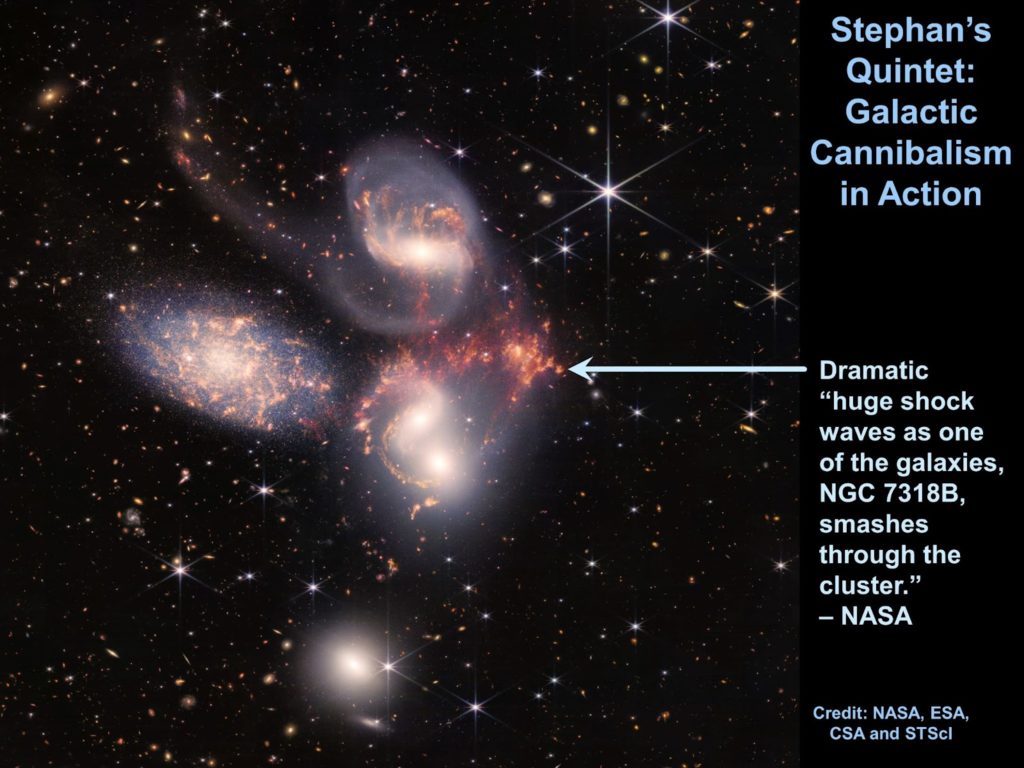
This image of Stephan’s Quintet is actually five galaxies that are all merging together. This is an example of galactic cannibalism in action. Most startling, James Webb’s infrared camera has revealed the shock waves from this huge galactic collision. And it boggles my mind that in a cosmic merger like this containing hundreds of billions of stars, it is unlikely for any two stars to collide into each other because the cosmic distance between stars is so huge.
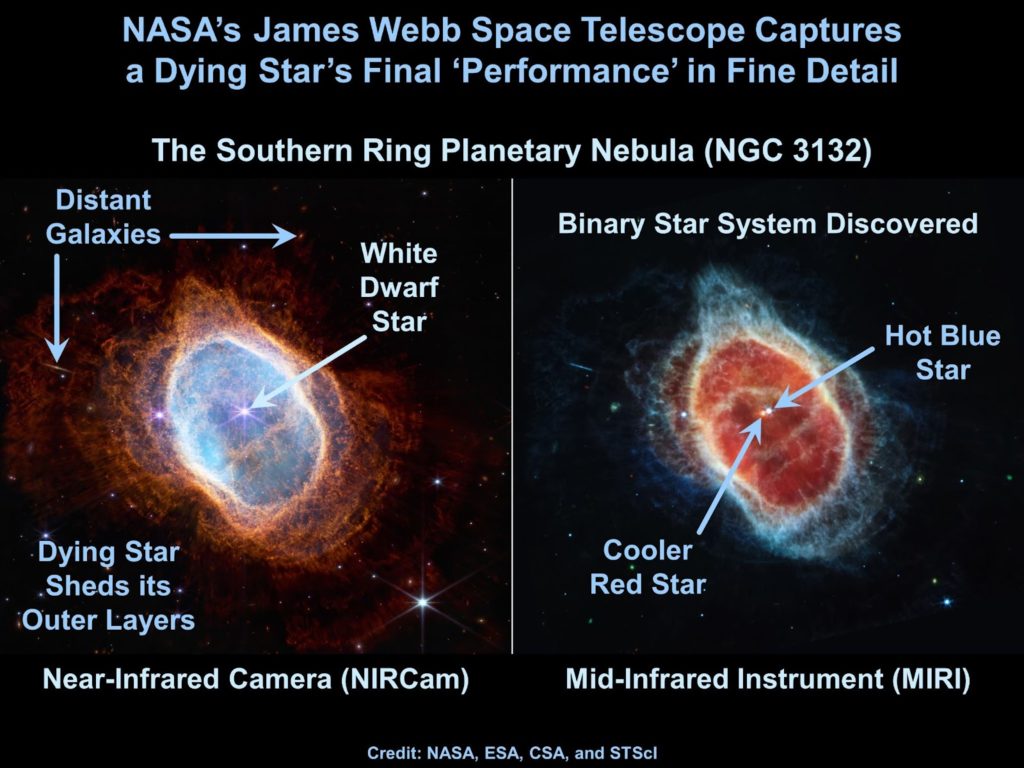
This image of the Southern Ring Nebula provides incredible detail to help us understand what happens once a star about the size of our Sun runs out of fuel. It transforms itself into a white dwarf star and releases its outer layers into space. (In the case of our Sun, that will likely occur in about 5 billion years and those outer layers will swallow up Mercury and Venus, and possibly even Earth.) As a bonus in this image, it was discovered that the Southern Ring Nebula actually has a binary star system at its core, and the colours of those stars can even help indicate what temperature they are.
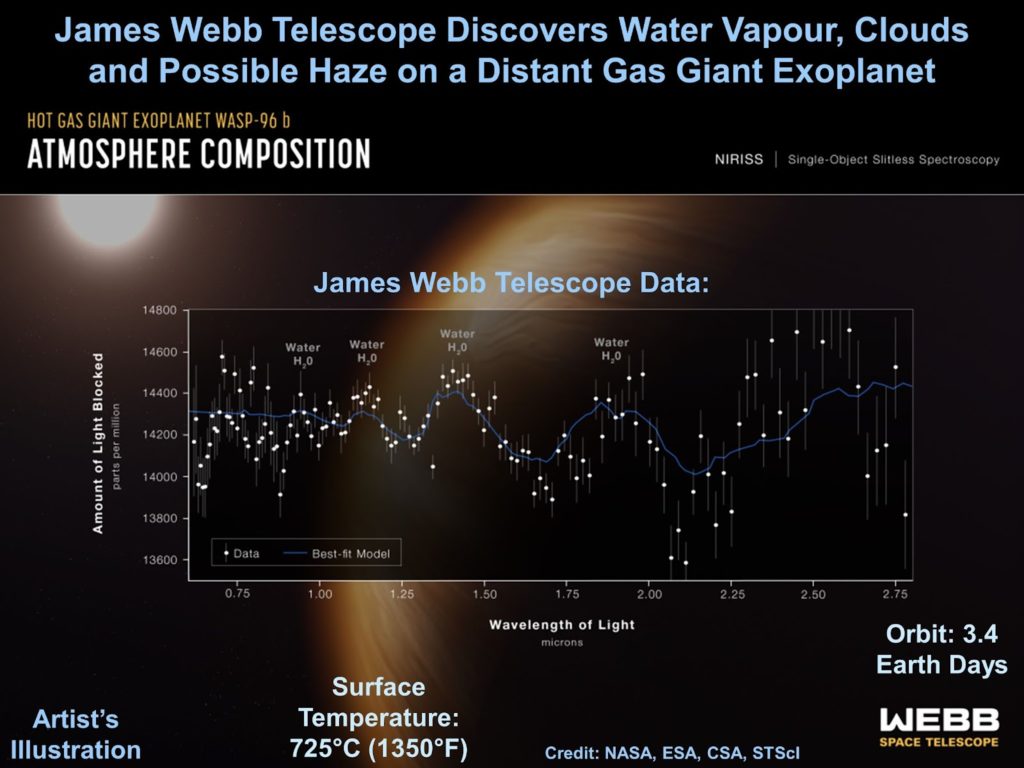
One of the onboard scientific instruments is called NIRISS and it is Canada’s contribution to this telescope. It has already been used to analyze the atmospheric composition of a nearby star (WASP-96 b), and it has discovered water vapour and clouds. This device will be instrumental in our future search for evidence of life in the Universe, in the habitable zones of distant solar systems.
We have a great line-up of events planned for you this week:
Wednesday, July 13, 8:00pm-9:00pm at the Killarney Park Amphitheatre
A Fascinating Voyage Through our Solar System
Take a virtual trip to the Sun, Moon, planets and moons in our Solar System. Learn about breaking news from NASA’s James Webb Space Telescope and the deepest-ever view of the Universe.
Friday, July 15, 11:00pm-Midnight at the Killarney Park Observatory
A Tour of the Night Sky in the Telescope
Zoom in for a firsthand view of celestial objects such as double-star systems, star clusters and nebulas (weather permitting). And join us as we go comet hunting for a comet that’s nearing the orbit of Mars.
Saturday, July 16, 8:00pm-9:00pm at the Killarney Park Amphitheatre
A Fascinating Tour of the Universe
Join us to see the most amazing images from astrophotographers around the world. With your superhuman multiwavelength vision you will be able to see galaxies, nebulas, Black Holes, and much more.
That’s it for now. Hope to see you soon!
Tom Vassos, Astronomer in Residence, Kchi Waasa Debaabing Observatory, Killarney Park
Hi everyone, beautiful day up here in Killarney again. We had a great event last night with over 50 people enjoying our show at the Killarney Park Amphitheatre.
I started the event by talking about what some of my inspirations were for getting involved in astronomy and space exploration. I have always been fascinated about the huge size and scope of the Universe as seen in James Webb and Hubble deep-field telescope images. A fly-through of the Sloan Digital Sky Survey really hits that point home, with each tiny smudge being a galaxy with over 100 billion stars and possibly over one trillion worlds that might possibly host life.
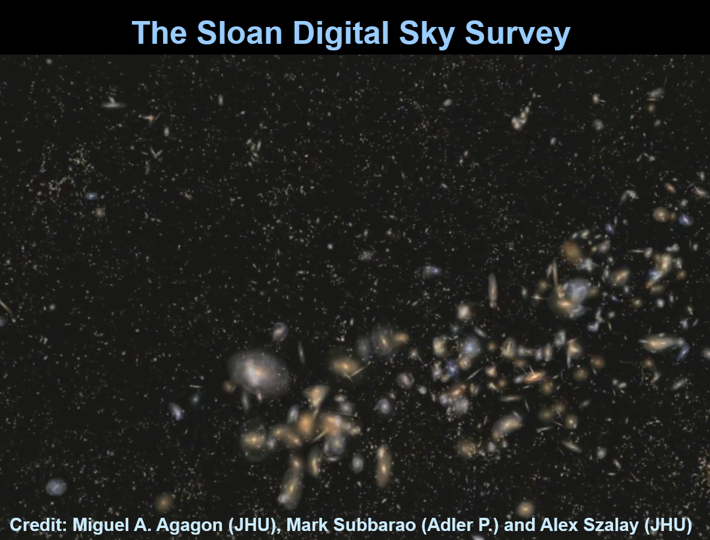
I remember looking up to the sky when I was 11 years old, being in awe that humankind had just set foot on the Moon. I would rush home from school when I was a kid, just to watch Star Trek on TV. I always had to find out what Spock and Captain Kirk were up to. I have heard that many NASA scientists have similarly been inspired by Star Trek. I was also inspired by videos on YouTube showing something called galactic cannibalism, where galaxies with hundreds of billions of stars crash into each other.
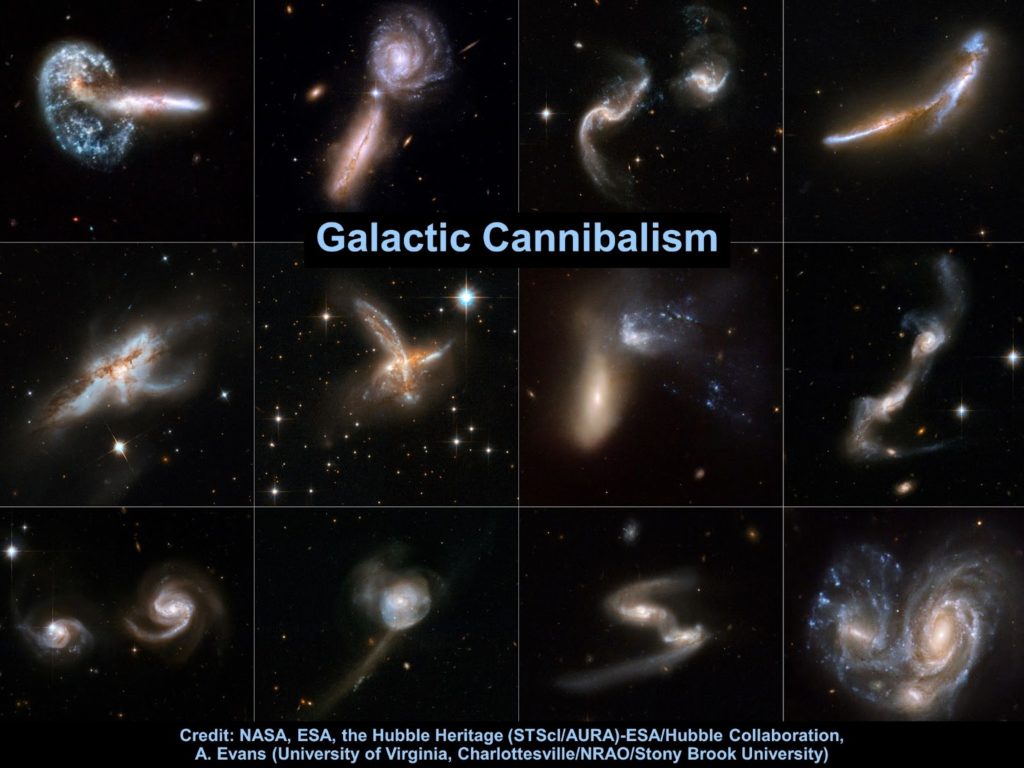
Our journey of the cosmos began with a view of phenomena in our atmosphere such as lightning, rainbows, Sun dogs, parhelic circles, the Northern Lights and of course, STEVE, an atmospheric phenomenon that scientists don’t know much about yet.
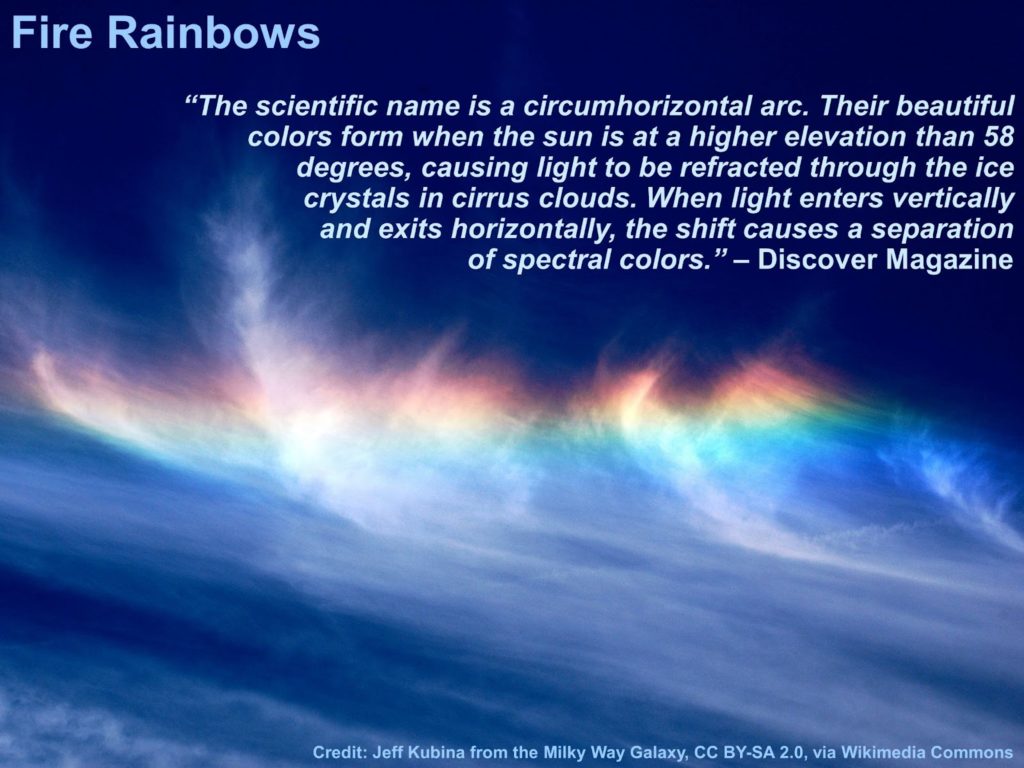
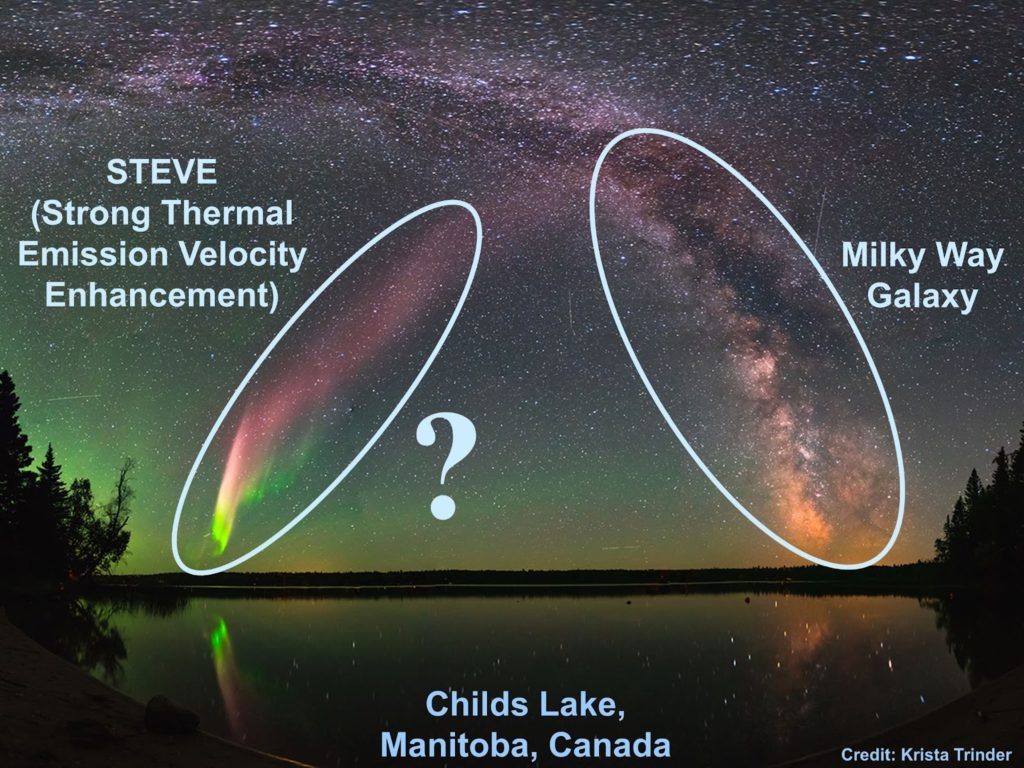
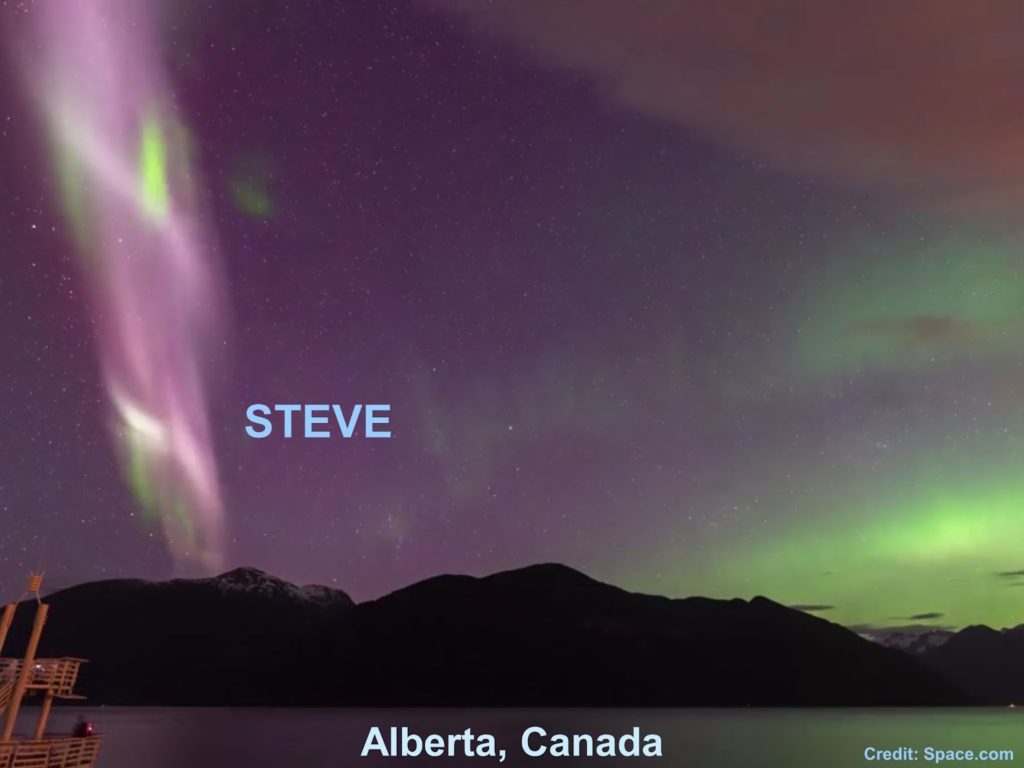
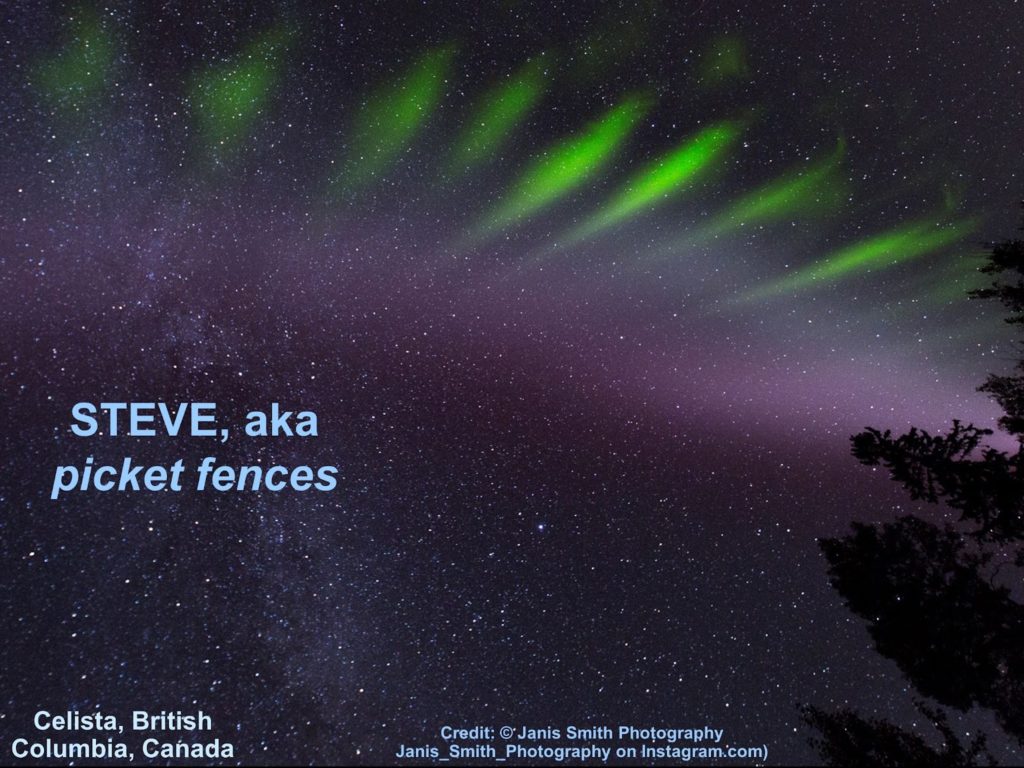
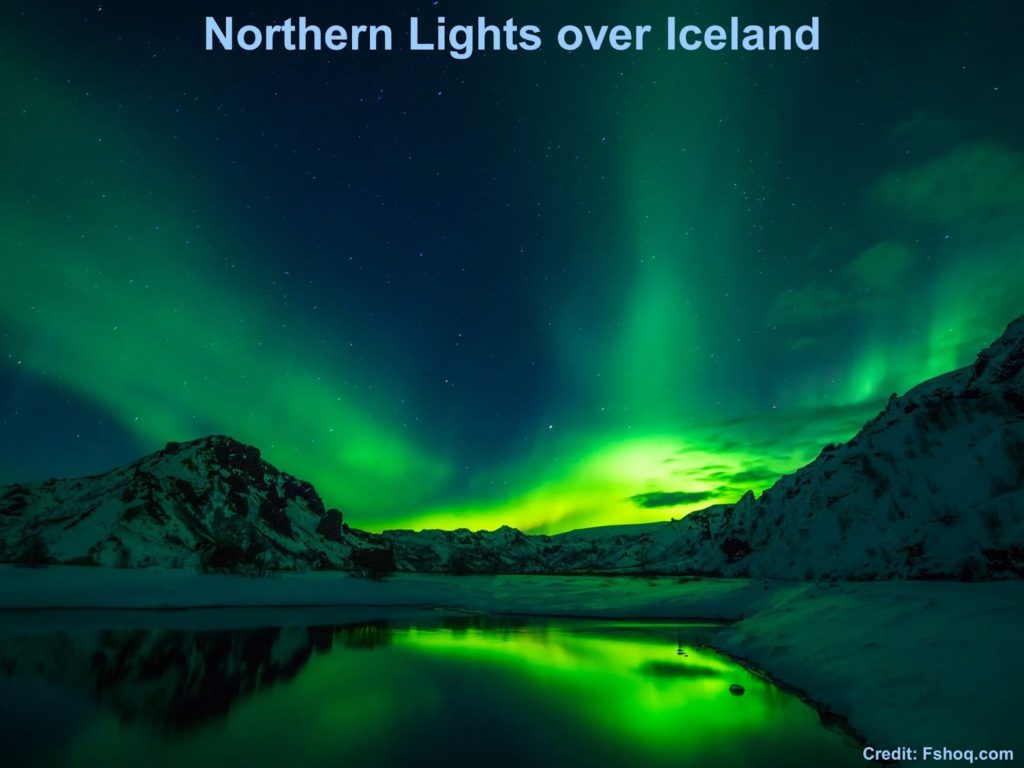
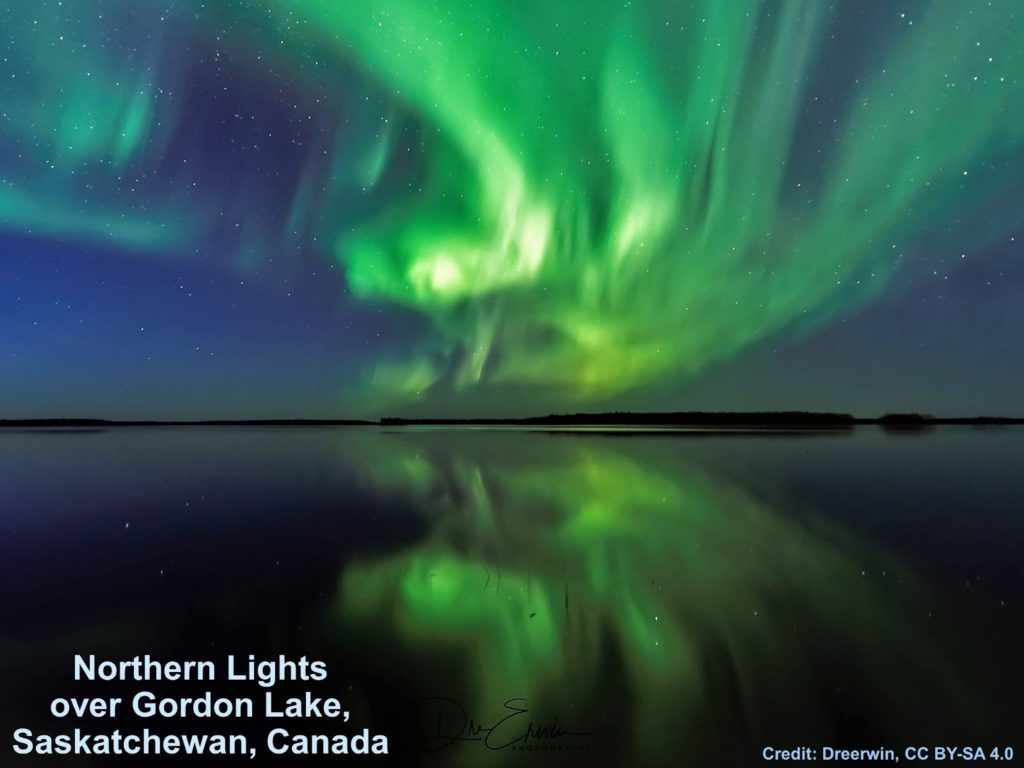
We then talked about meteorites crashing into Earth, such as the Chelyabinsk superbolide mid-air meteor explosion which sent about 1,500 people to the hospital. We explored videos of huge meteor craters such as Meteor Crater in Arizona and the Chicxulub crater, evidence of a meteorite that killed off the dinosaurs 66 million years ago. We then took a tour of huge meteorites around the world such as the Willamette meteorite in the US (15 tons) and the colossal Hoba meteorite in Namibia (60 tons).
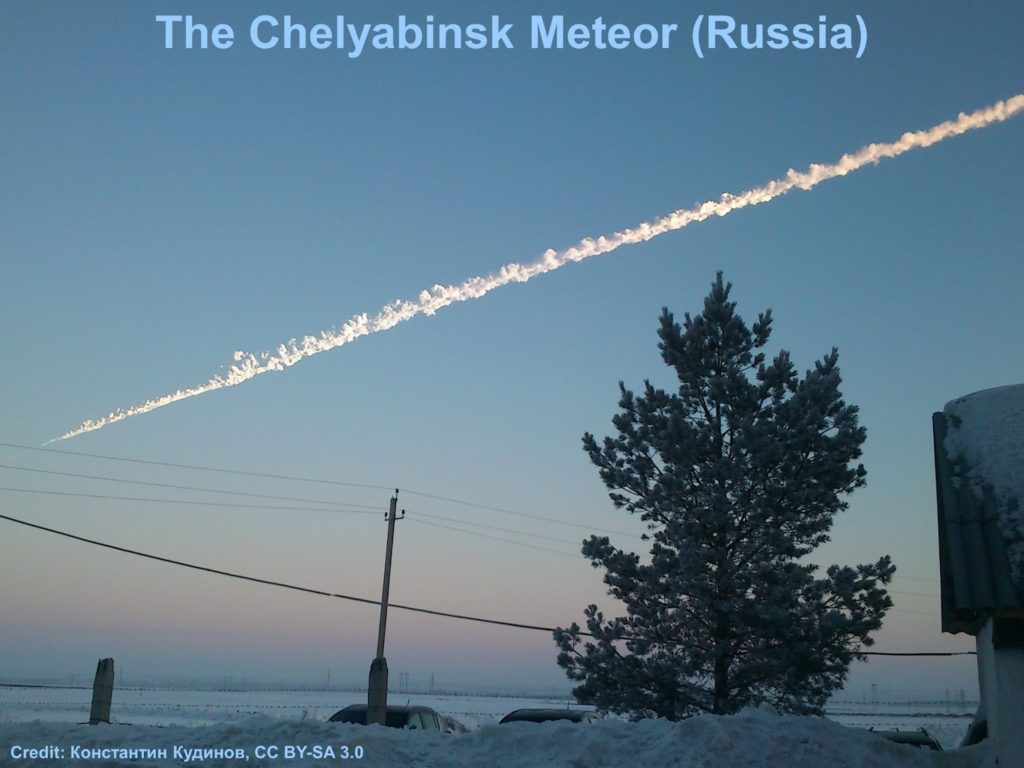
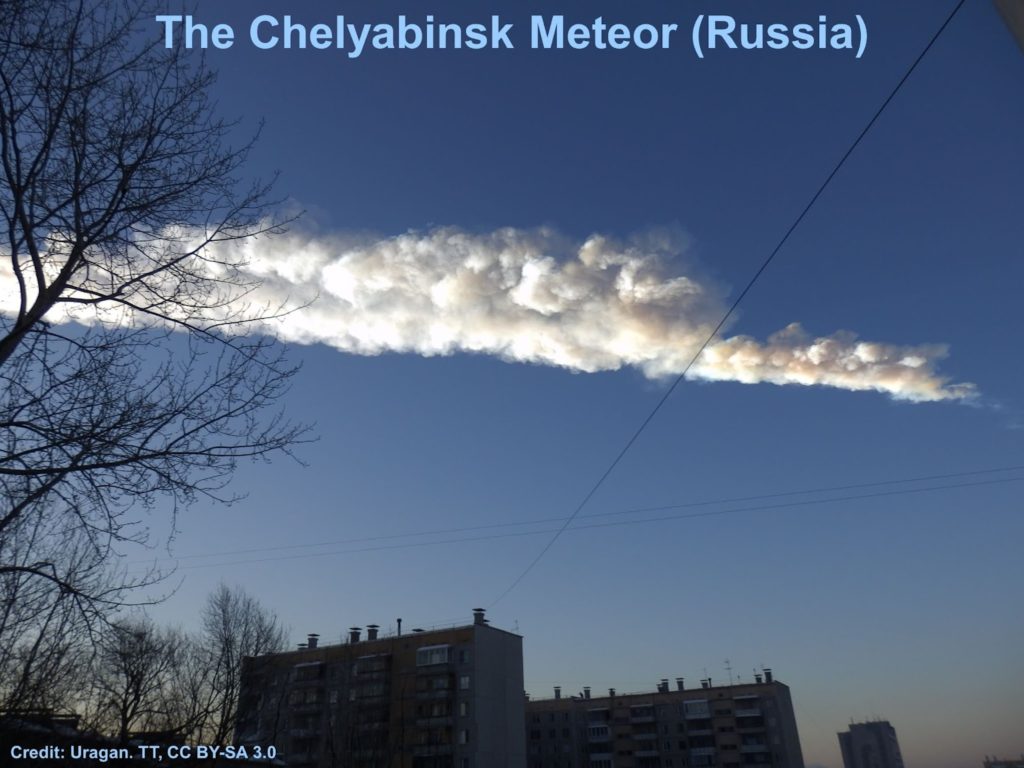
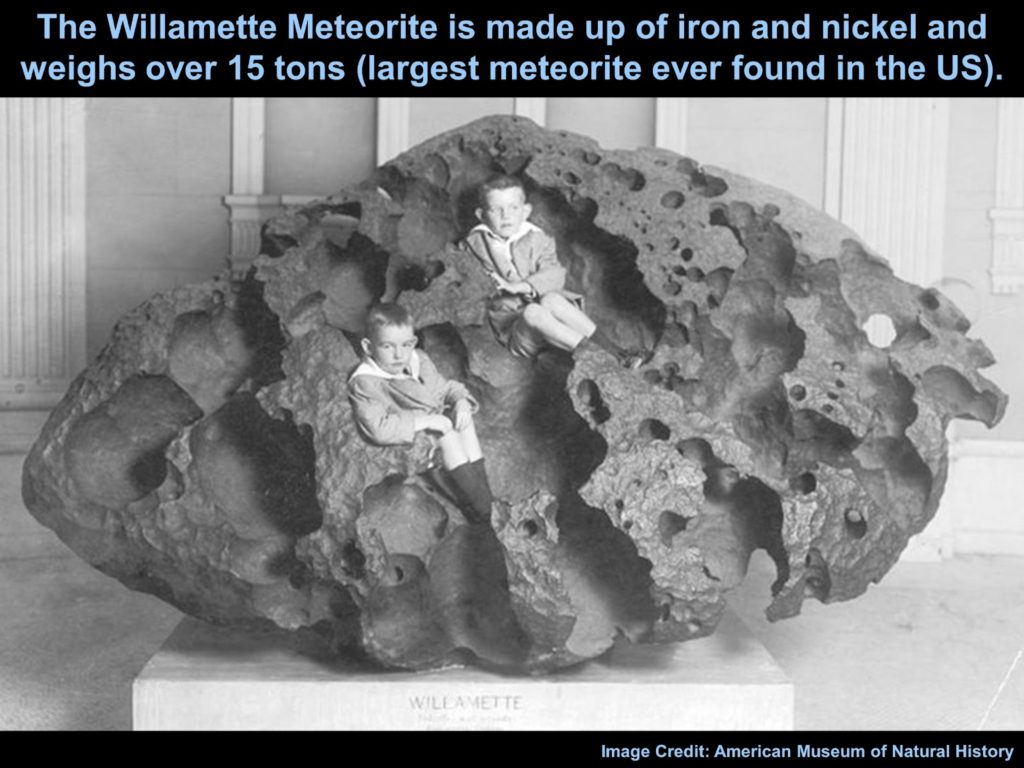
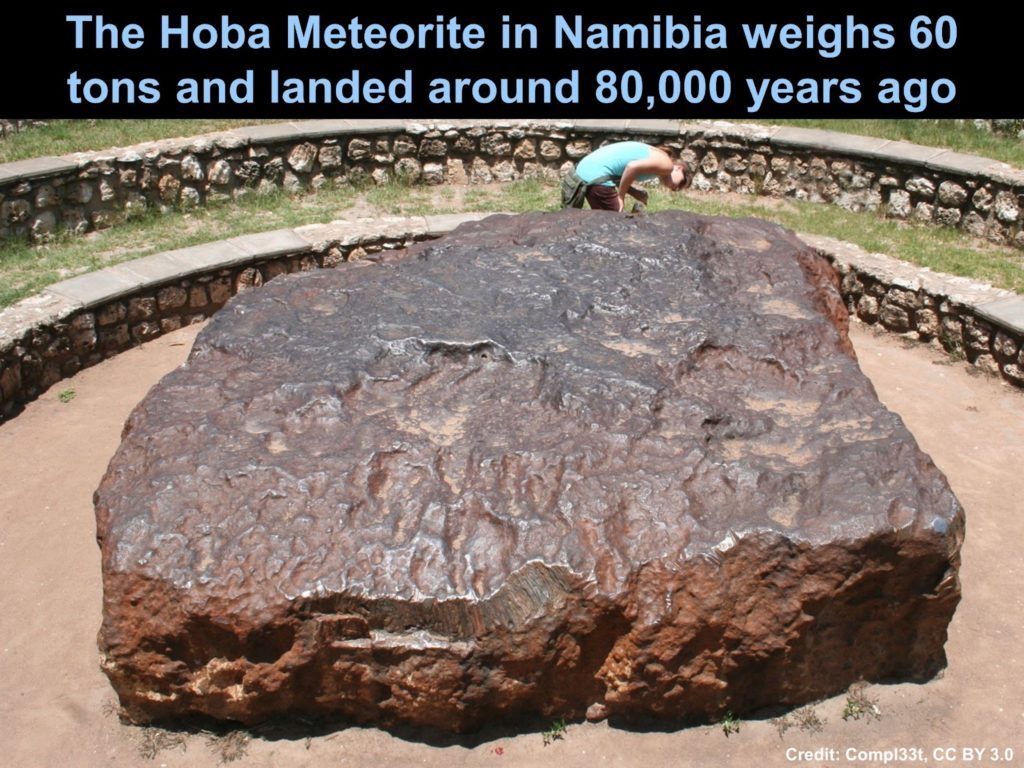
And we had to tell the story of 18-year-old Michelle Knapp who bought an old Chevy Malibu for $400 and parked it in her driveway in Peekskill, New York, USA. One night while watching TV, she heard a big boom outside and came outside to find that a football-sized meteorite had crashed into her beloved car and destroyed it. But don’t feel sorry for Michelle, apparently she was able to sell the car for $10,000 and the meteorite for $69,000.
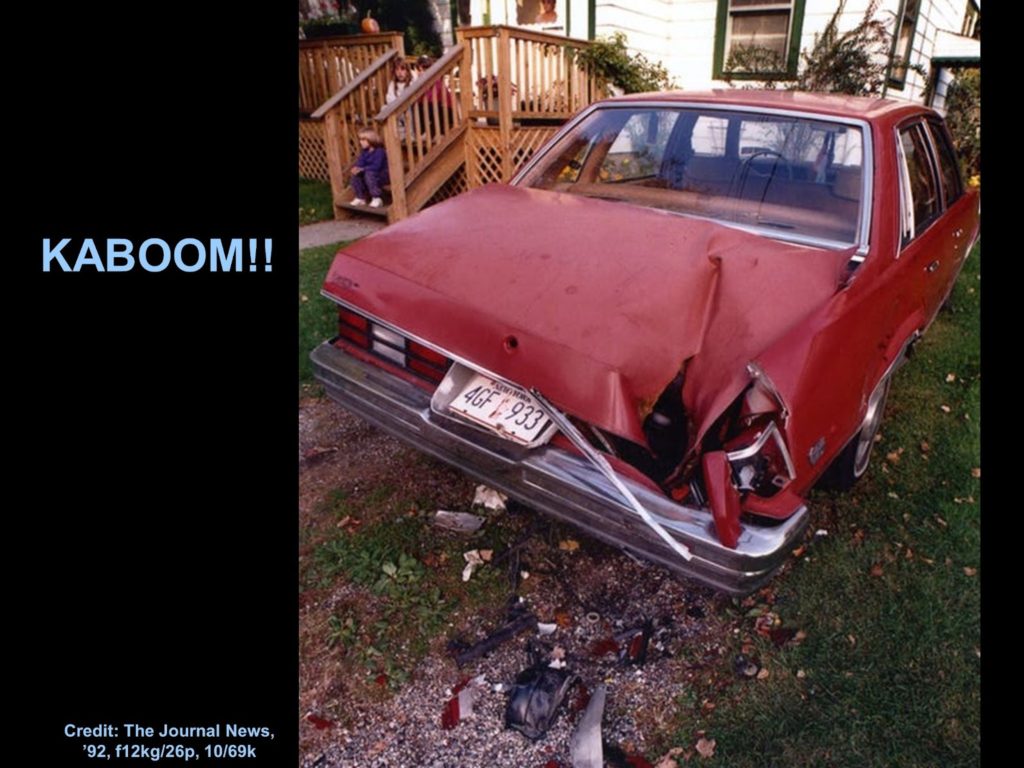
We then discussed Near-Earth Objects (NEOs) and talked about how NASA’s Planetary Defense Coordination Office has been set up to protect Earth from catastrophic meteorite impacts. They are tracking one asteroid named Apophis which is 370 metres in diameter, but it weighs 27 billion kilograms. Its impact would be 65,000 times the power of the Hiroshima bomb. And wouldn’t you know it, it’s actually coming close to Earth on Friday, April 13, 2029 and then again on April 13, 2036. It’s expected to come within 37,000 km (23,000 miles) of Earth's surface, inside the orbits of our geosynchronous satellites! Luckily we will be safe from this monster… for now.
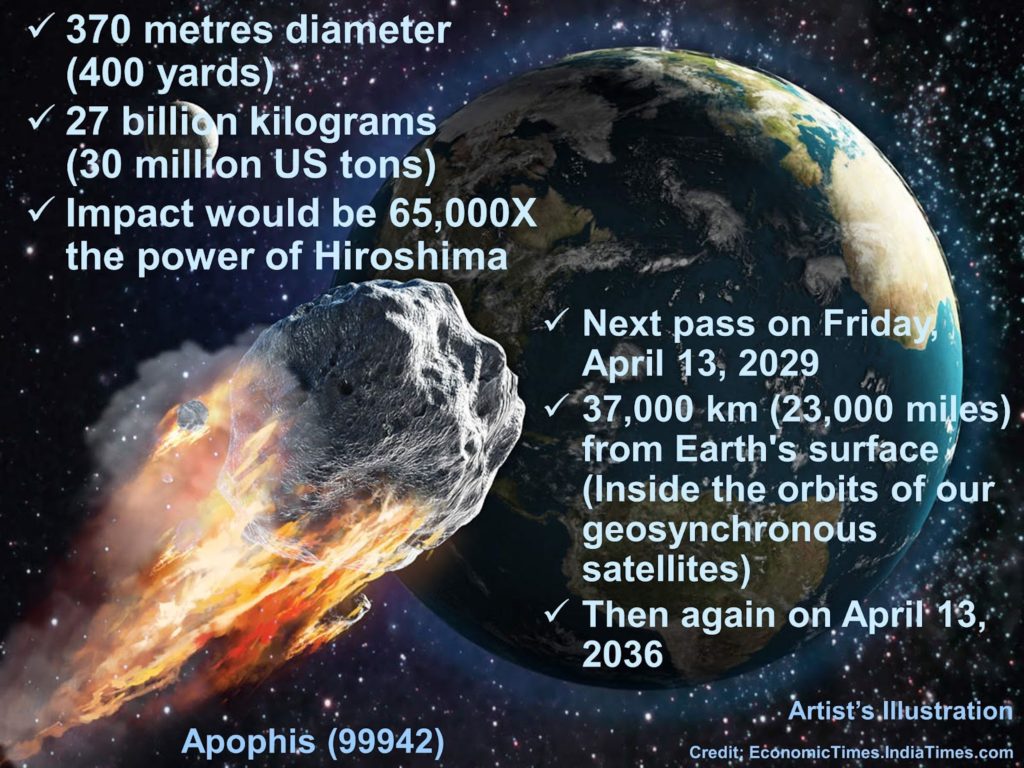
We played a game called “Moon Quest!” where we learned about the Moon’s orbit, tidal locking, the Moon illusion, lunar librations and lunar occultations. In our game of “Can YOU Outsmart a 9th Grader – Stars Edition” we learned about why stars twinkle and why they appear to move across the sky.
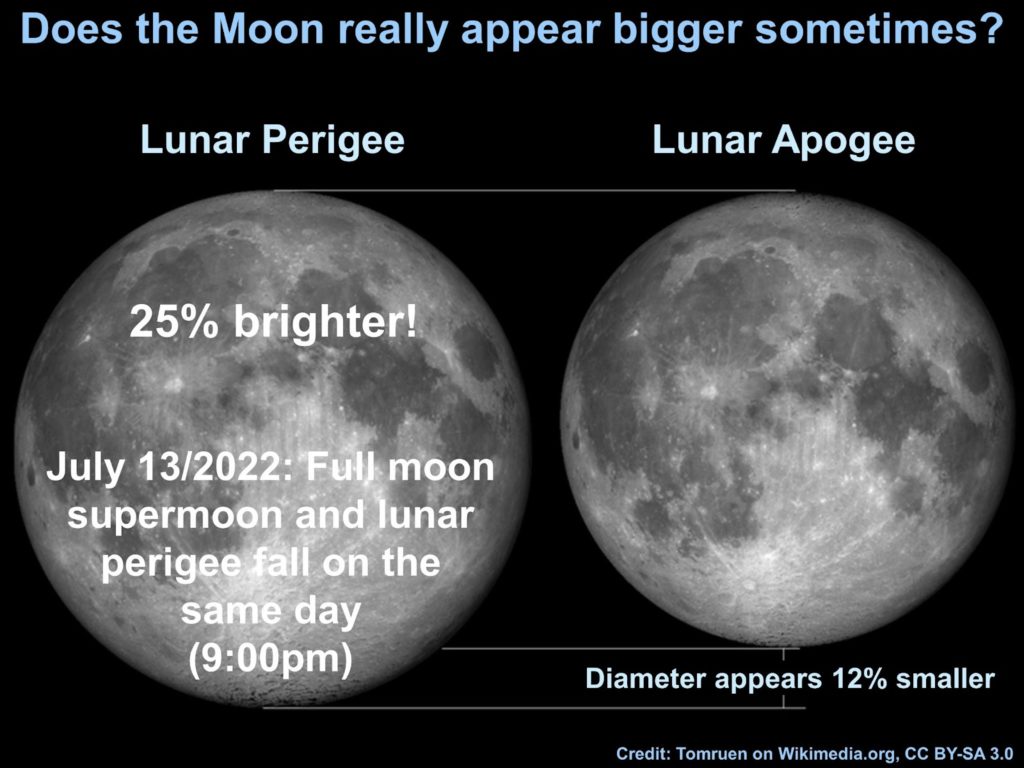
We went on a virtual tour to countries around the world to check out the view of the Milky Way Galaxy and the Northern Lights (Aurora Borealis)… one planet, one people, one sky. By taking a virtual trip up above the Milky Way Galaxy, we were able to see that it is a barred spiral galaxy and we even spotted where Killarney is located.
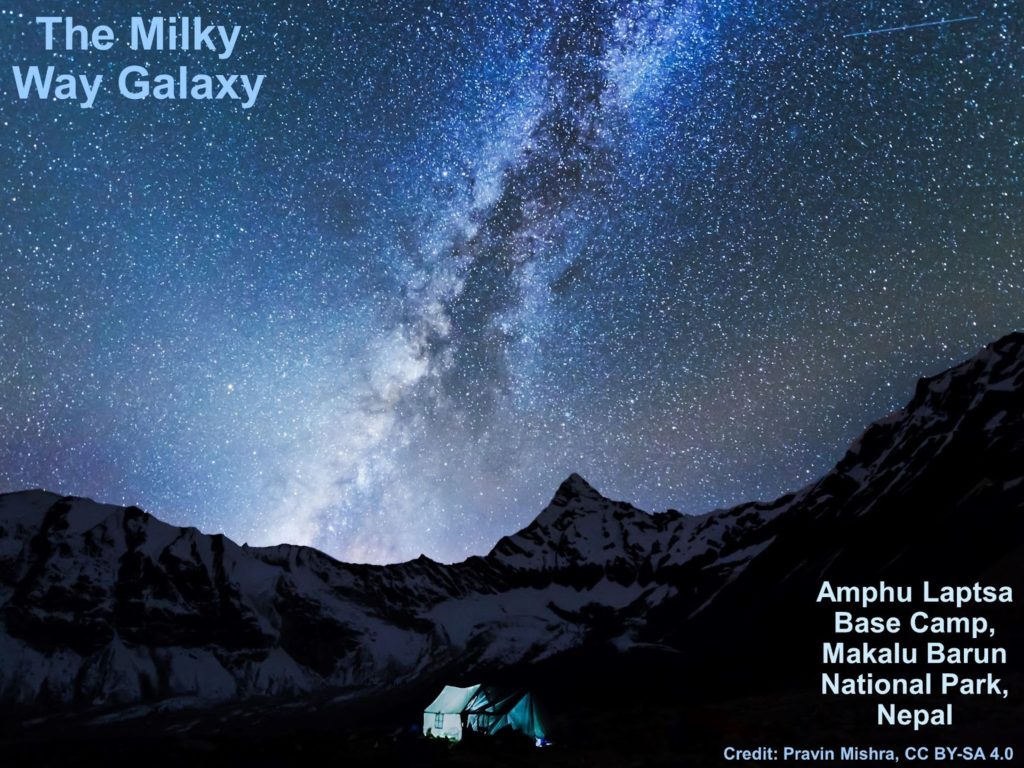
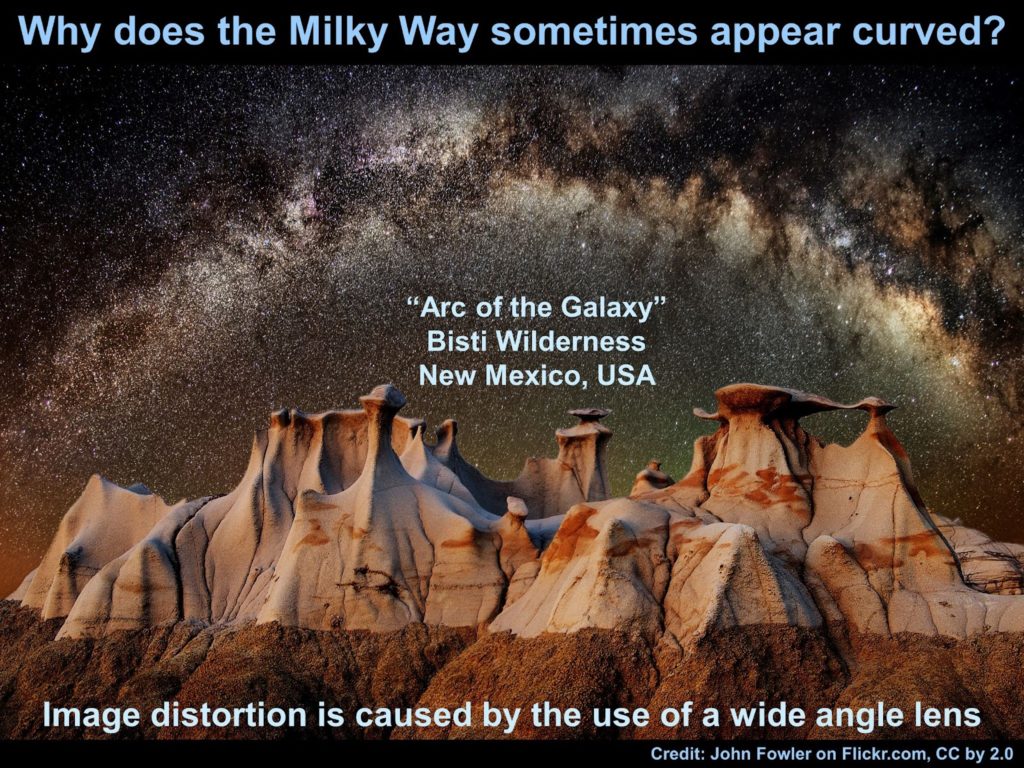
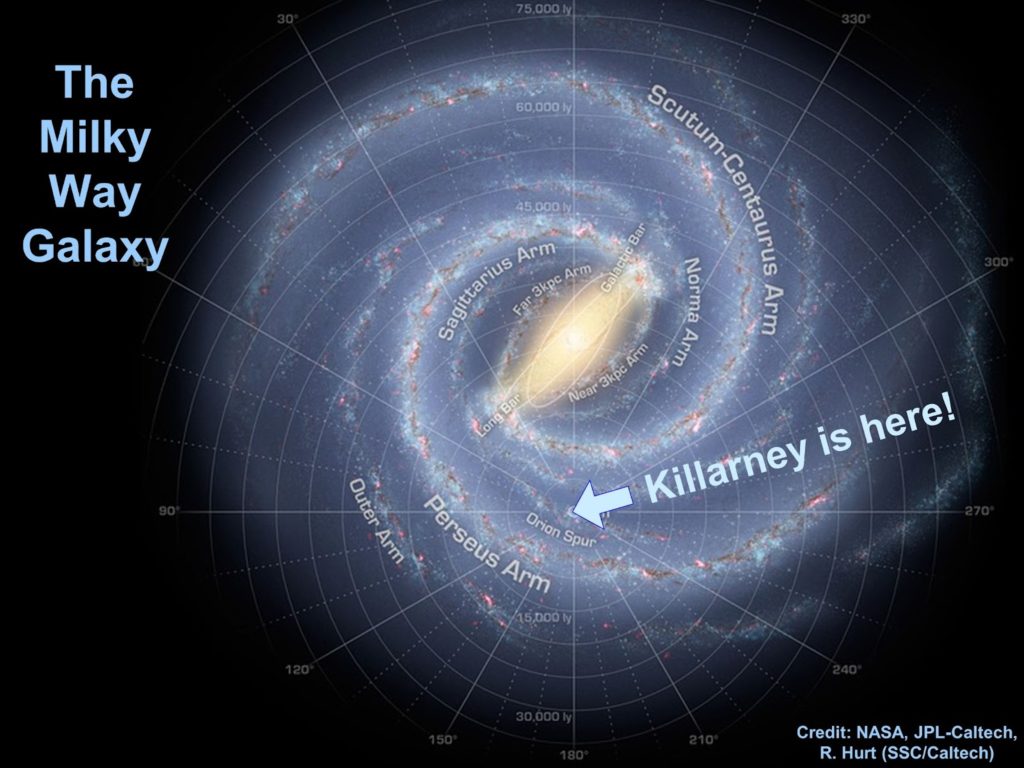
Sadly, we also talked about how light pollution around the world is blocking our view of the night sky.
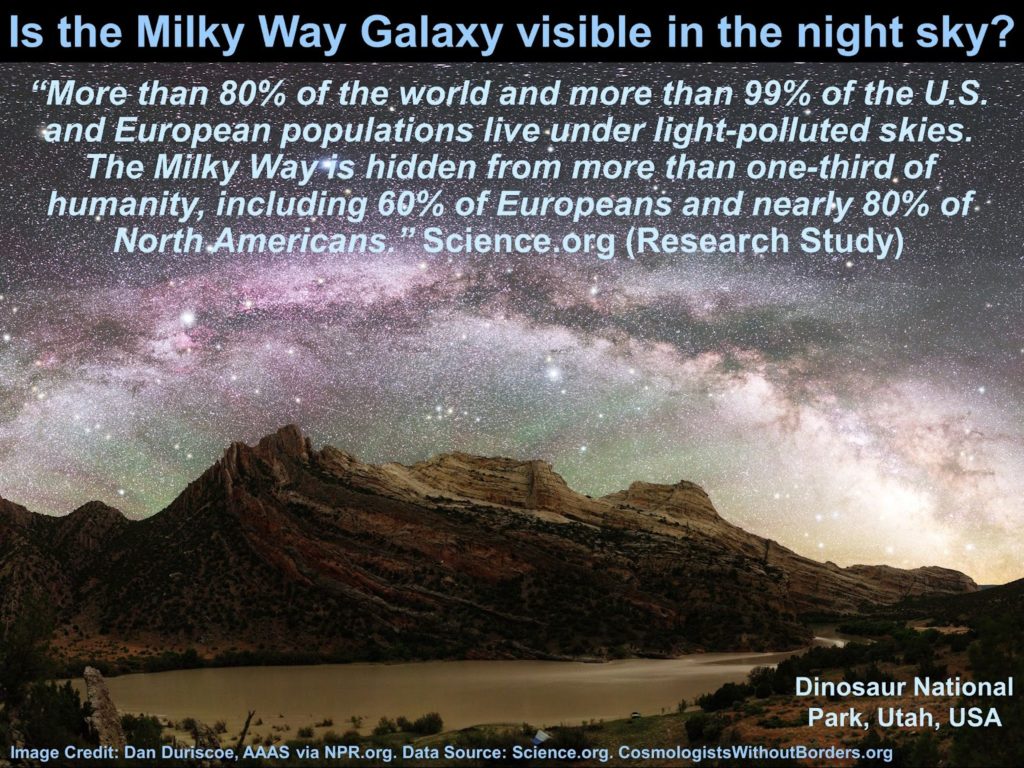
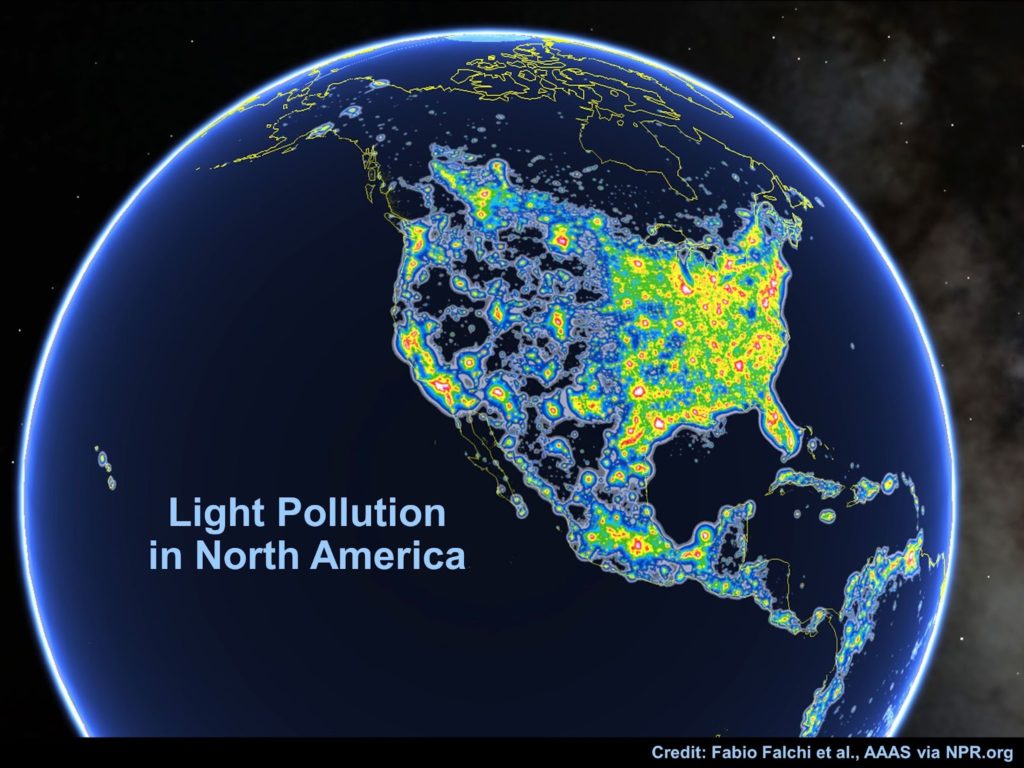
We took a tour of galaxies across the Universe and talked about how the Andromeda Galaxy is rushing towards us at 100 kilometres/second and is going to crash into the Milky Way Galaxy, our home, in about four billion years.
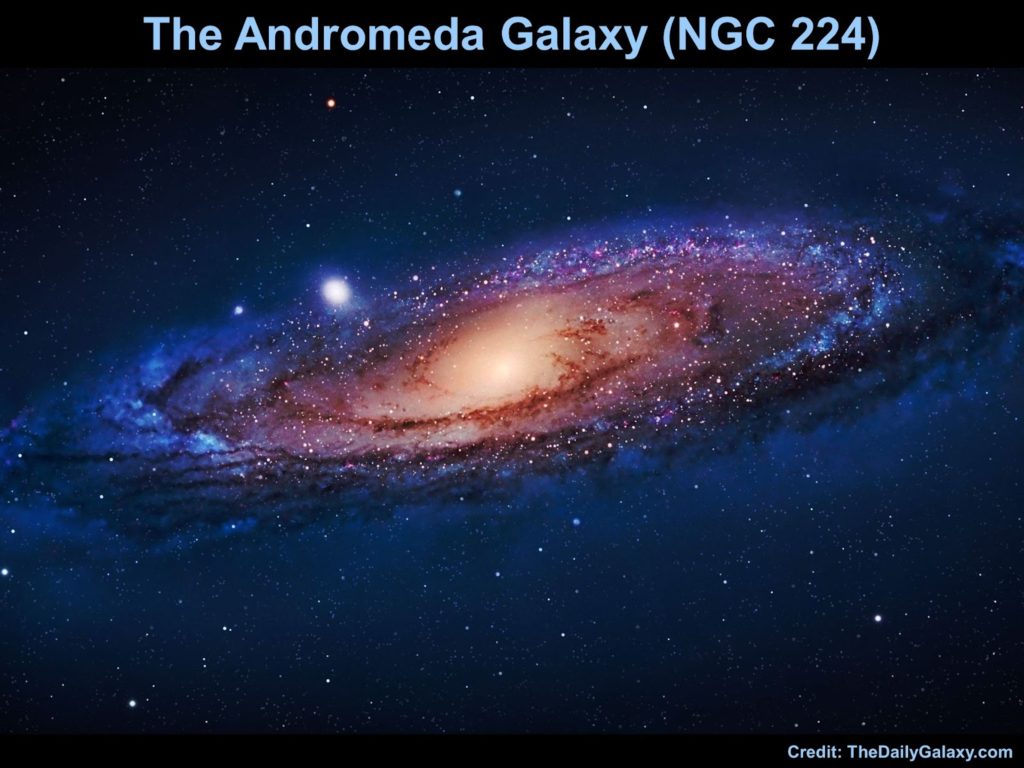
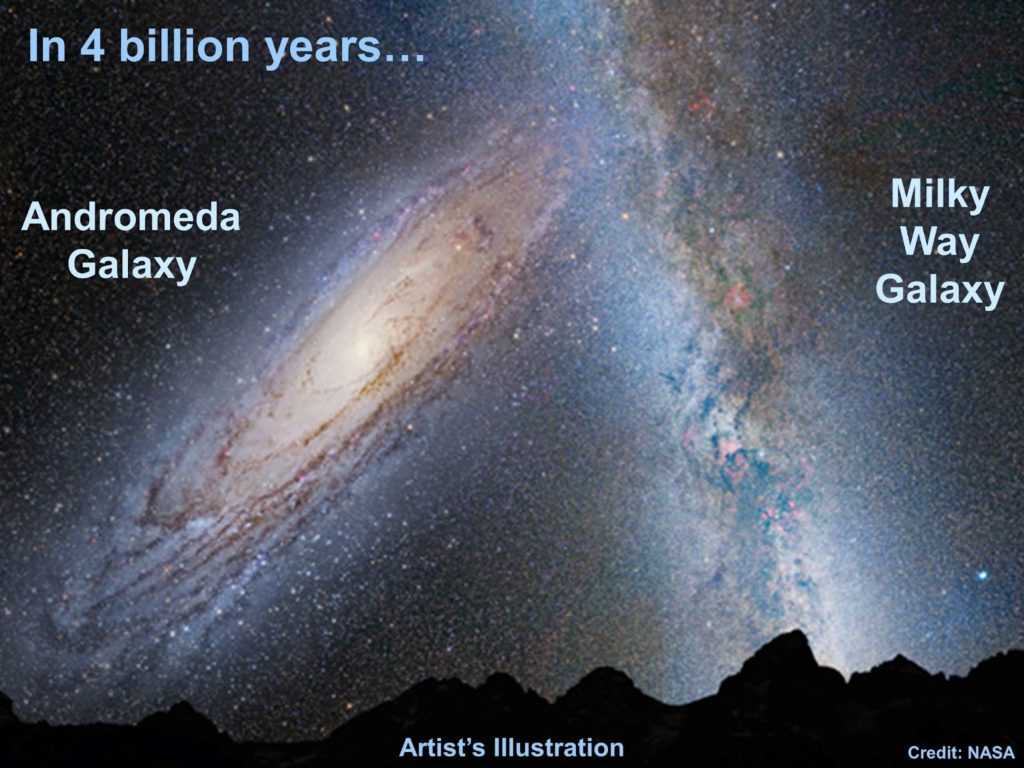
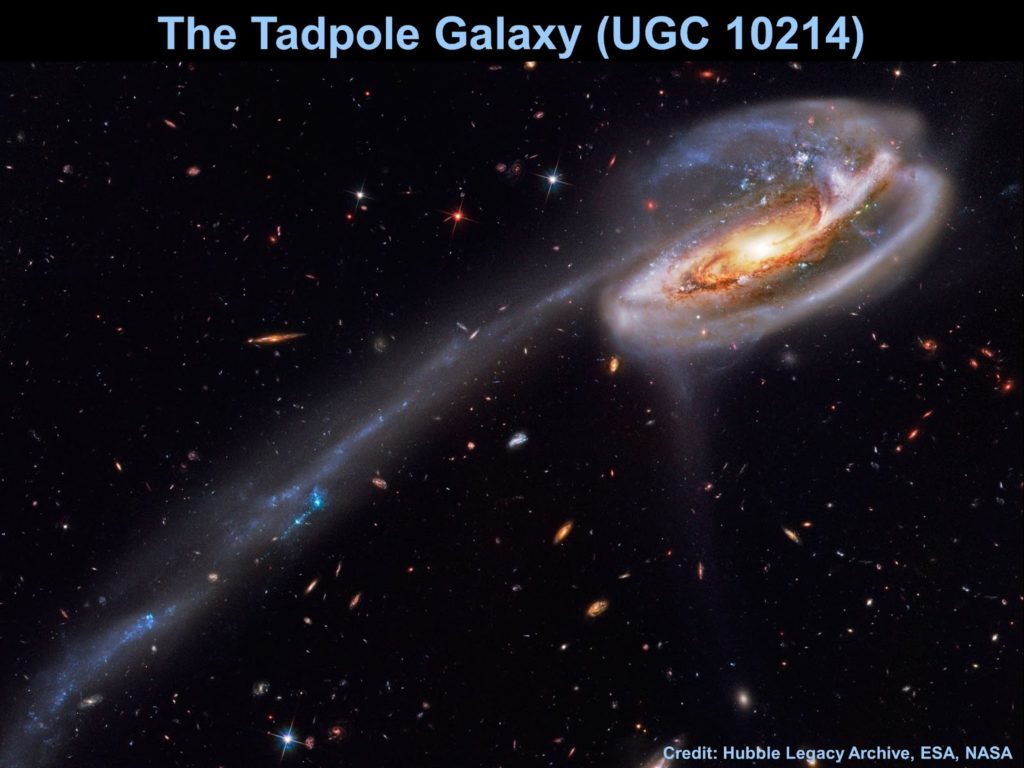
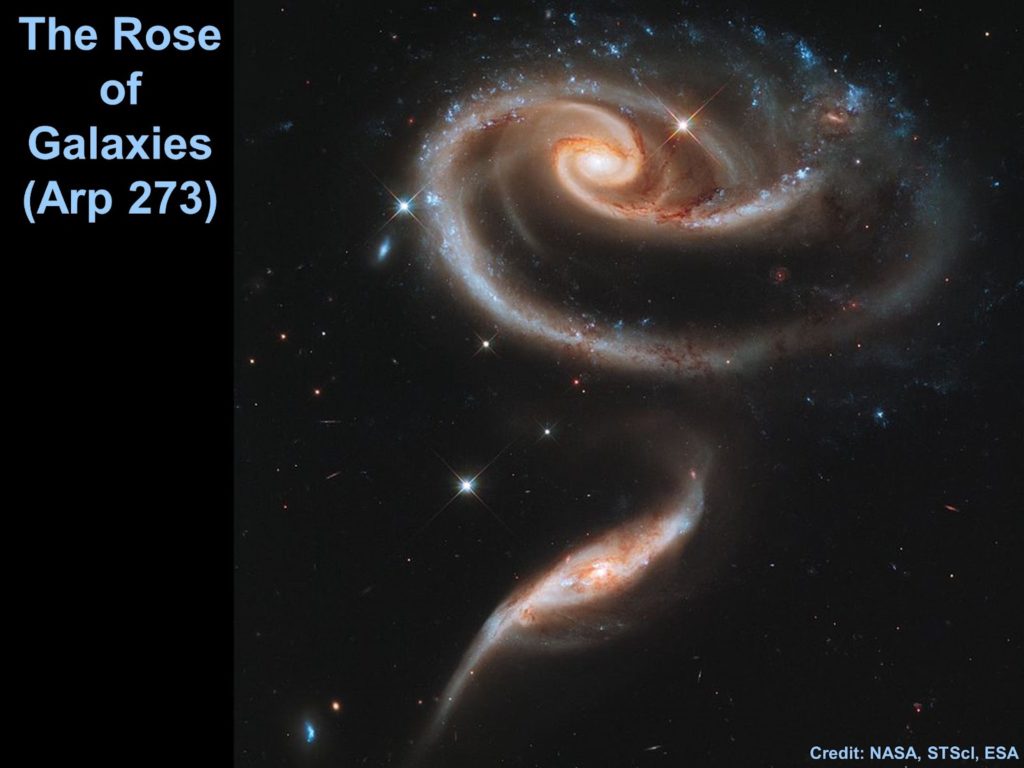
Supermassive Black Holes appear to be at the centre of every galaxy, and the ones that are on a feeding frenzy are called active galaxies containing an Active Galactic Nuclei.

And as it turns out, last night was the largest supermoon of 2022. In fact, it was a rare occurrence where the full Moon supermoon occurs on the same day as its perigee, its closest point to planet Earth. These artistic photographs that I took almost makes the Moon look like our Sun:
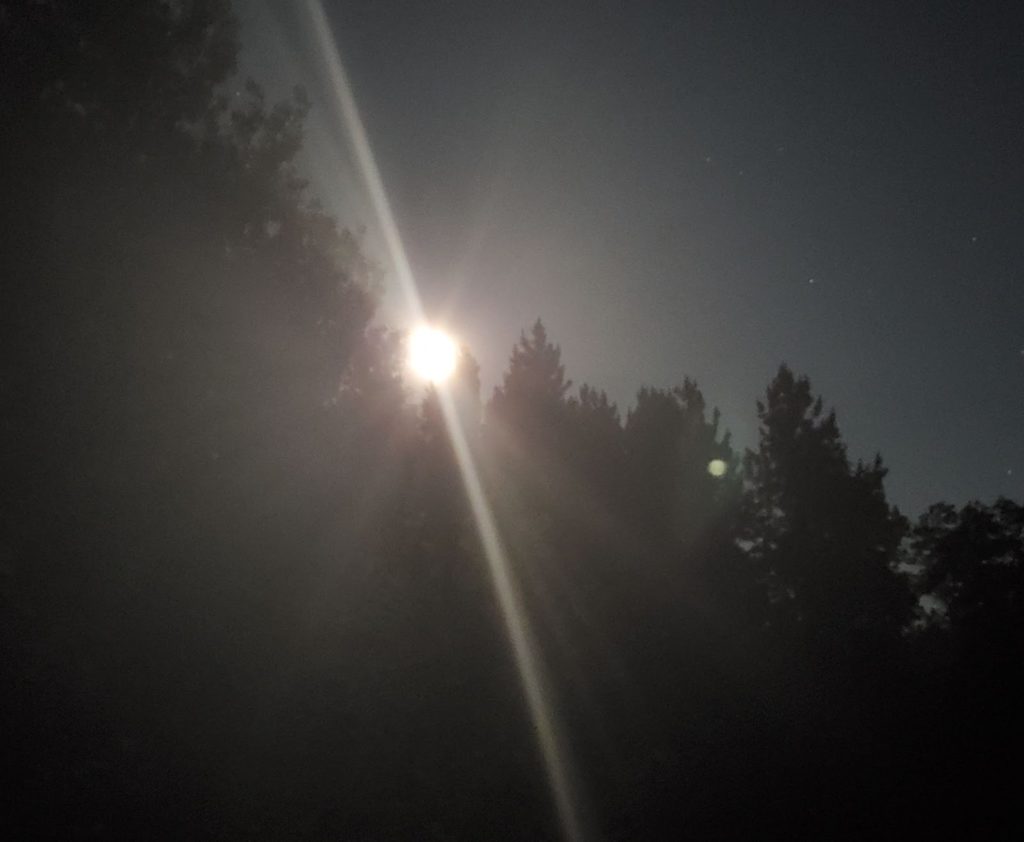
And then I closed the night by stopping by the Killarney Mountain Lodge where I got to see/hear their solo performer, Andy Lowe, play the guitar and harmonica. And it was so nice of him to play some astronomy/space exploration songs for me like “Here Comes the Sun” by the Beatles, “Space Oddity” by David Bowie, and “Rocket Man” by Elton John.

Isn’t it amazing how many artists and musicians have been inspired by the cosmos above! (How many songs can you name with some of these words in them… Sun, Moon, Universe, Mars, Venus, Jupiter, Milky Way, stars, etc.?)
That’s it for my summary of last night. It looks like we might have some nice weather for our upcoming events this weekend:
Friday, July 15, 11:00pm-Midnight at the Killarney Park Observatory
A Tour of the Night Sky in the Telescope
Zoom in for a firsthand view of celestial objects such as double-star systems, star clusters and nebulas (weather permitting). Let’s get a better understanding of the immense size of the Universe and the astonishing wonders above.
Saturday, July 16, 8:00pm-9:00pm at the Killarney Park Amphitheatre
A Fascinating Tour of the Universe
Join us to see the most amazing images from astrophotographers around the world. With your superhuman multiwavelength vision you will be able to see galaxies, nebulas, Black Holes, and much more.
See you soon.
Tom Vassos, Astronomer in Residence, Kchi Waasa Debaabing Observatory, Killarney Park

